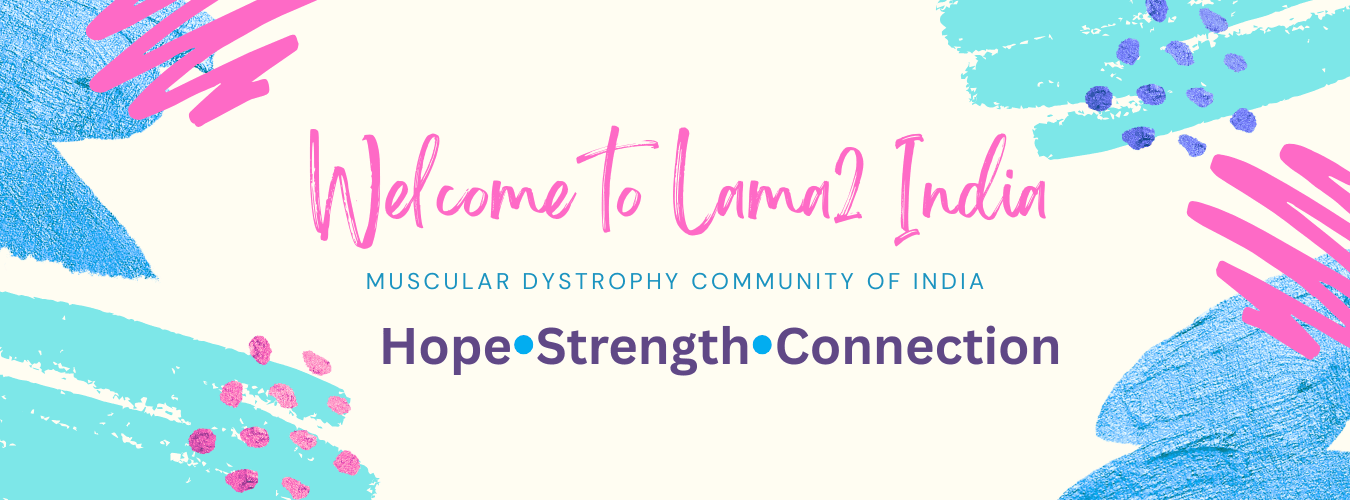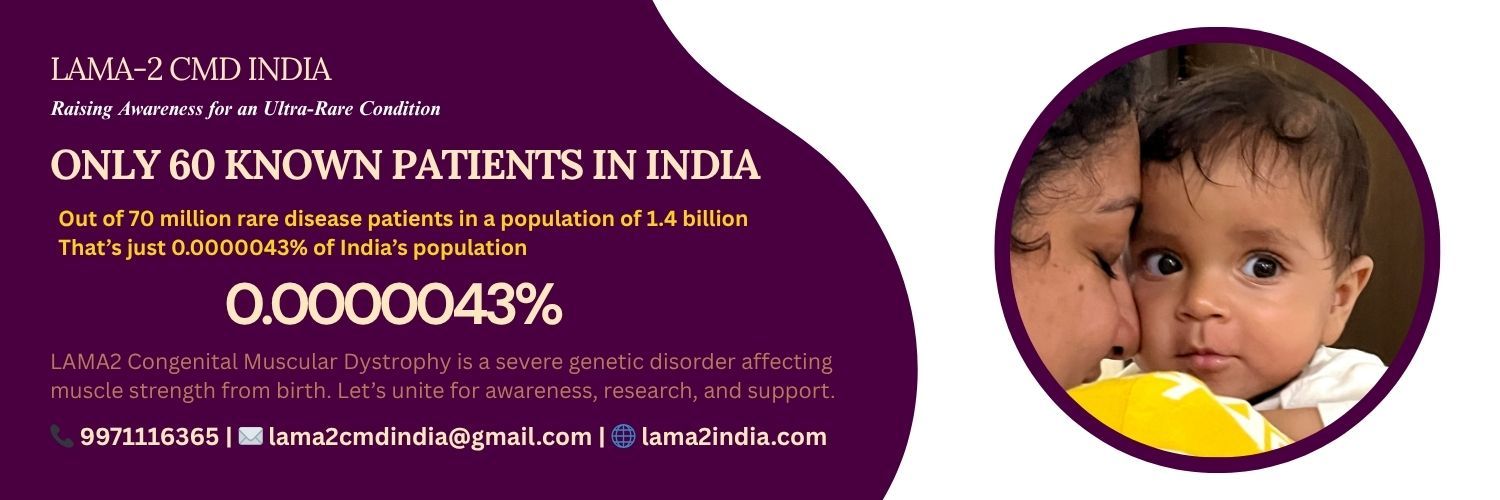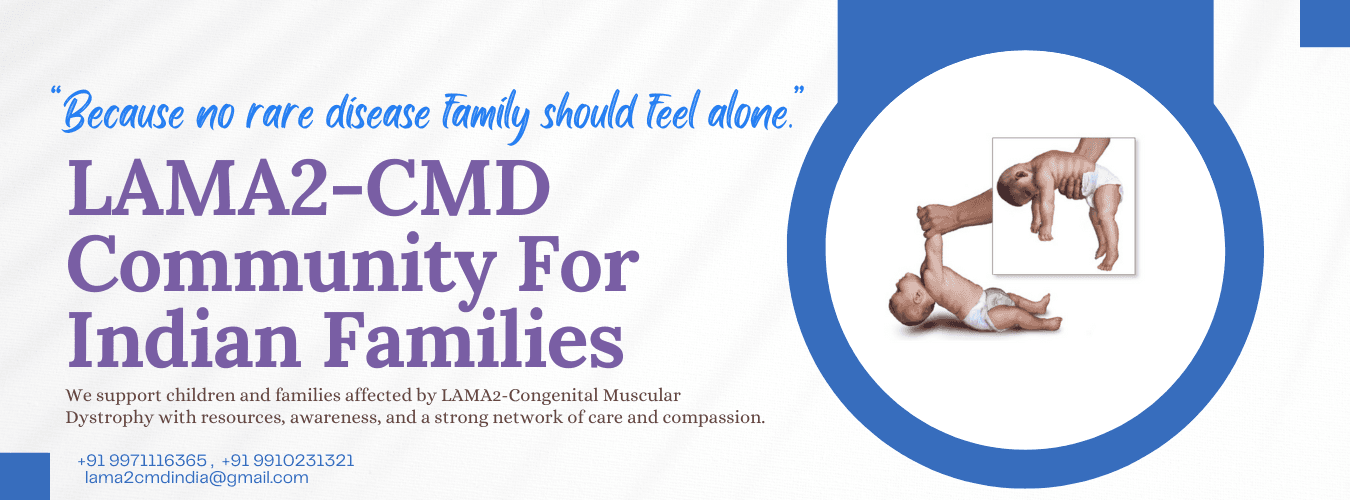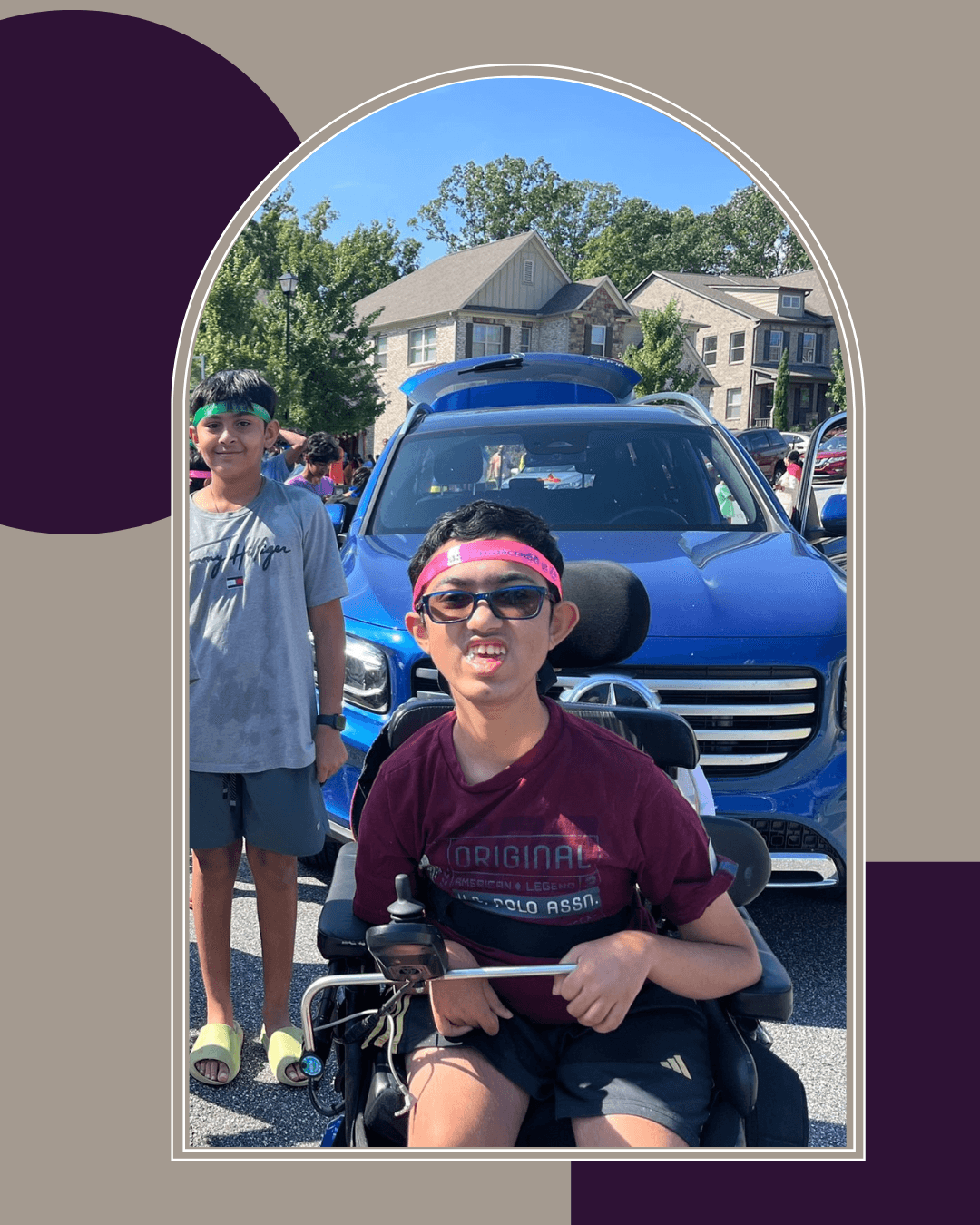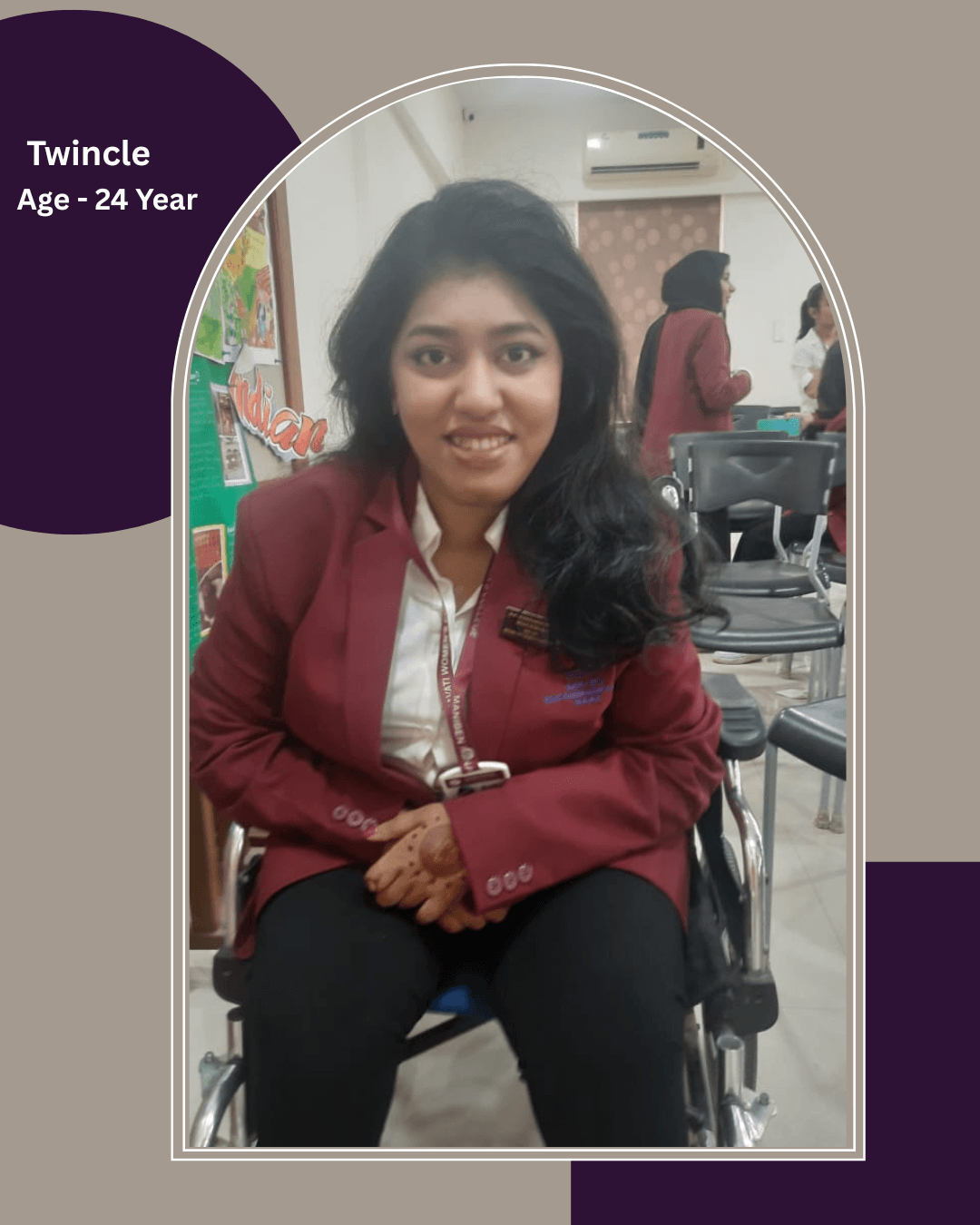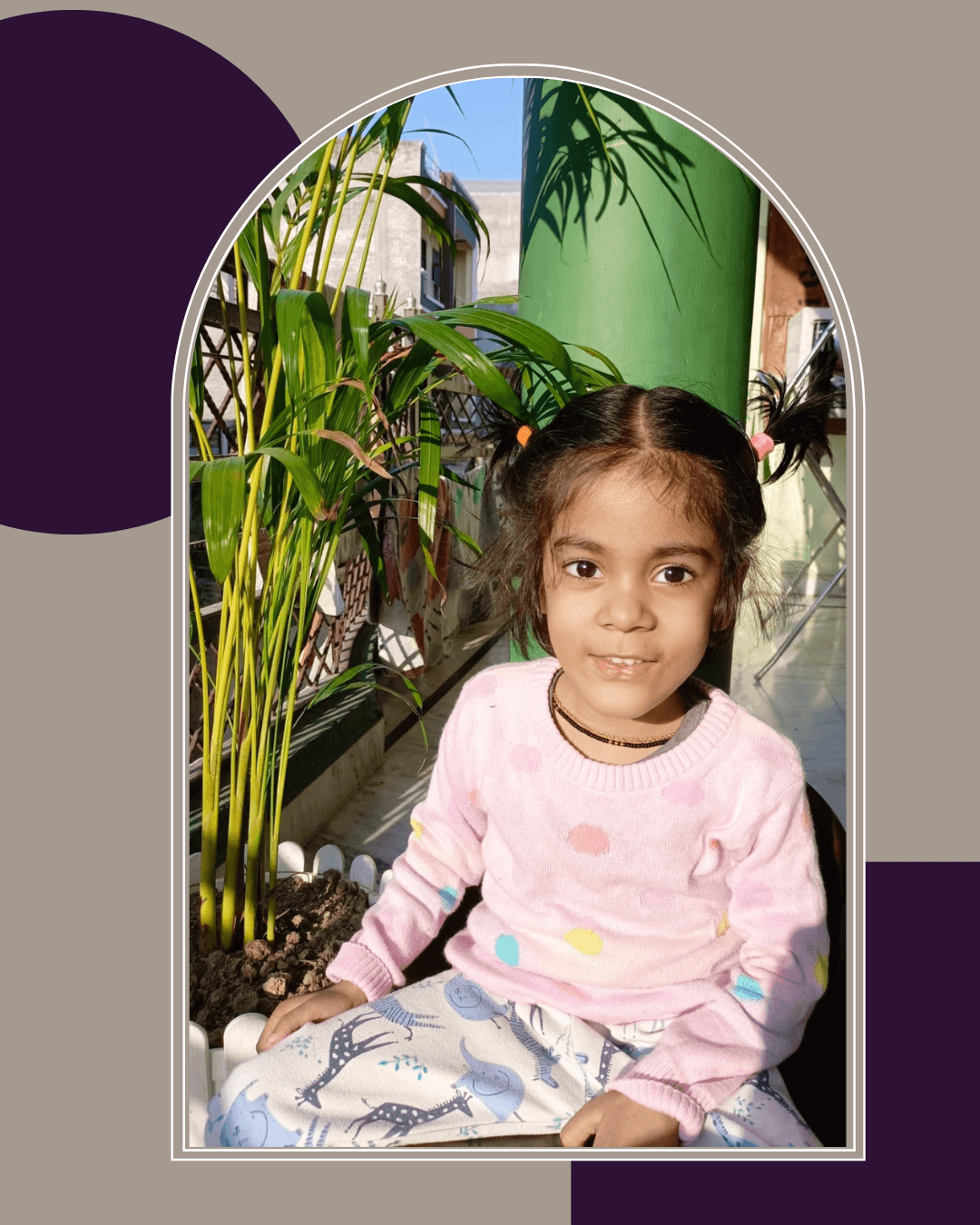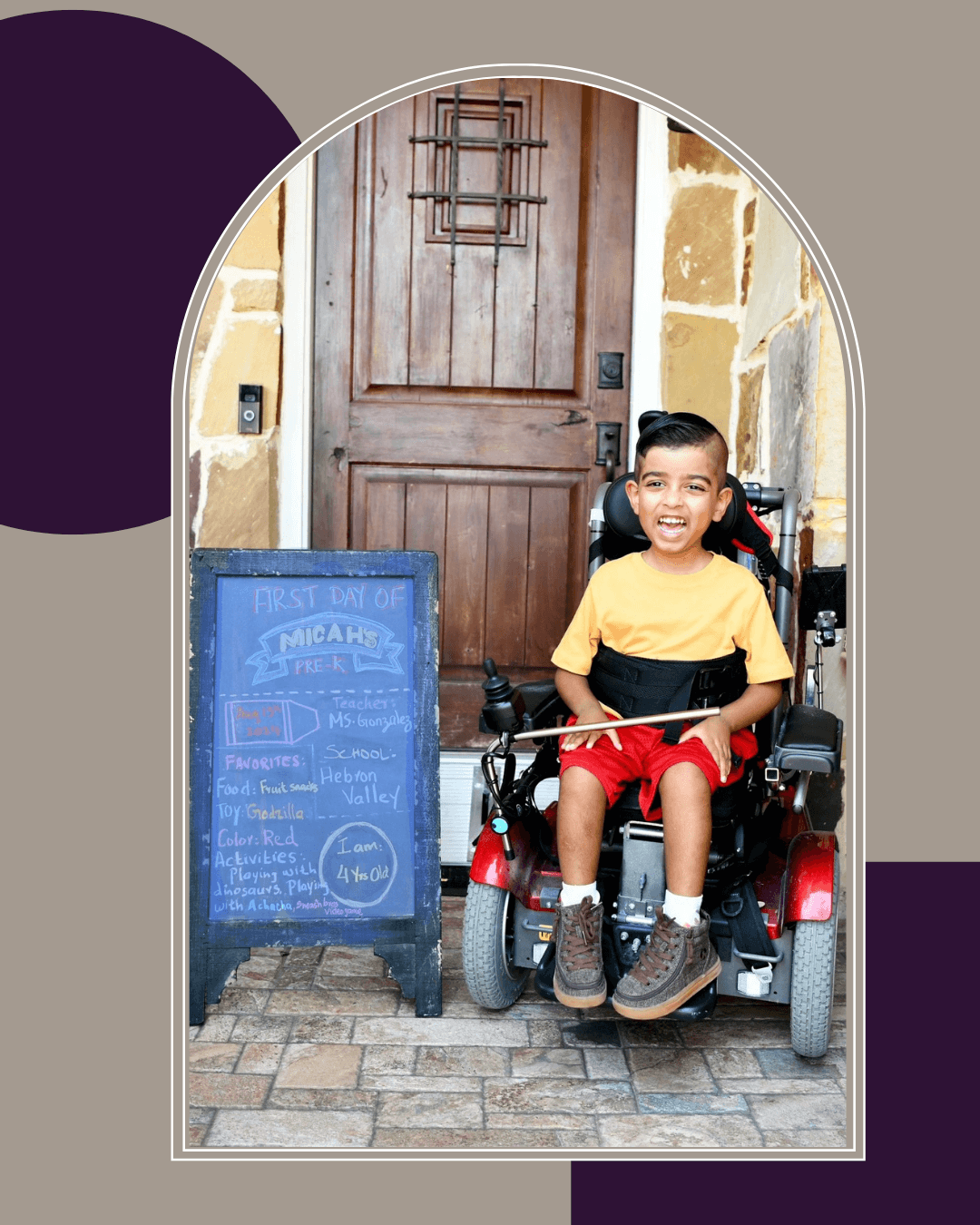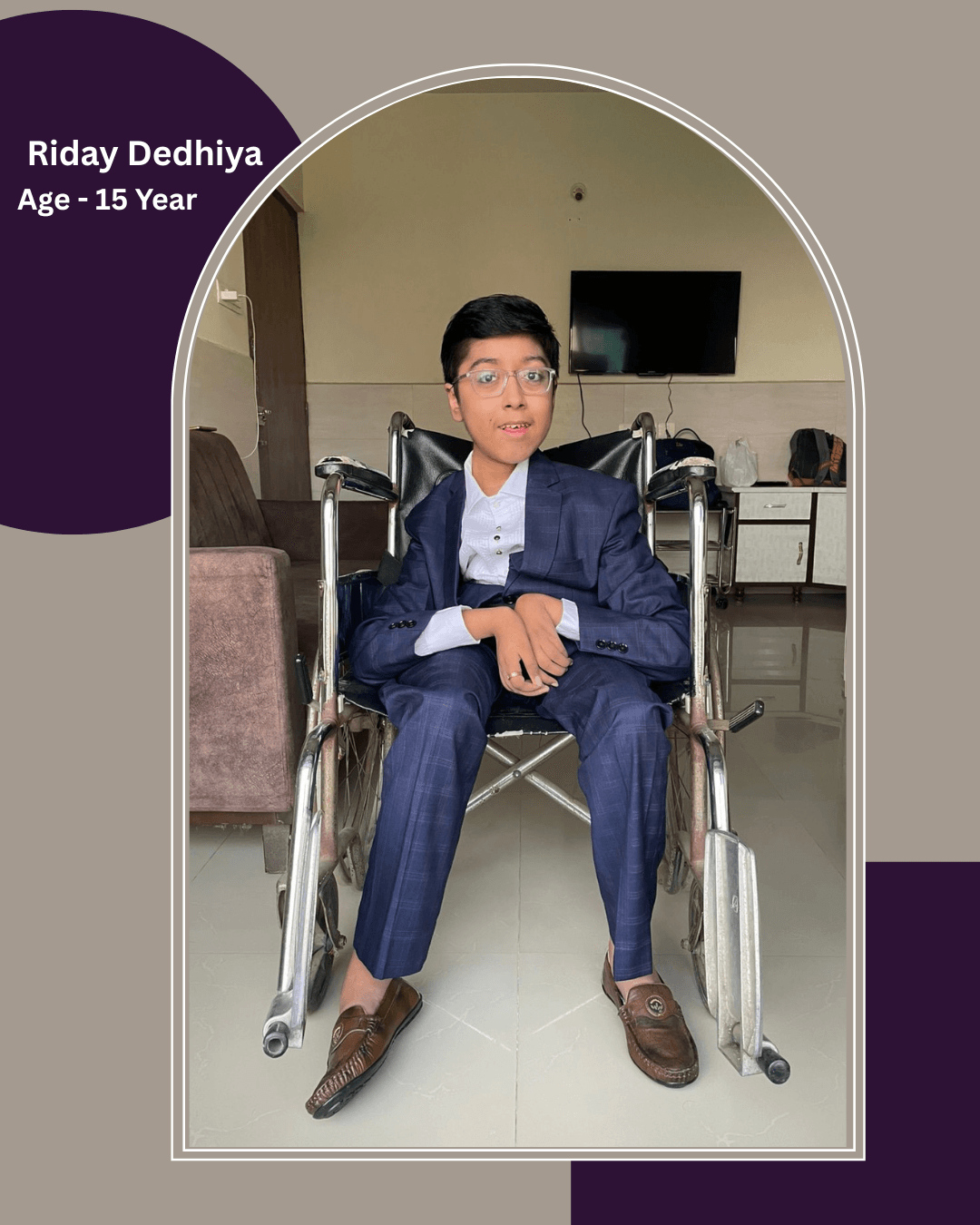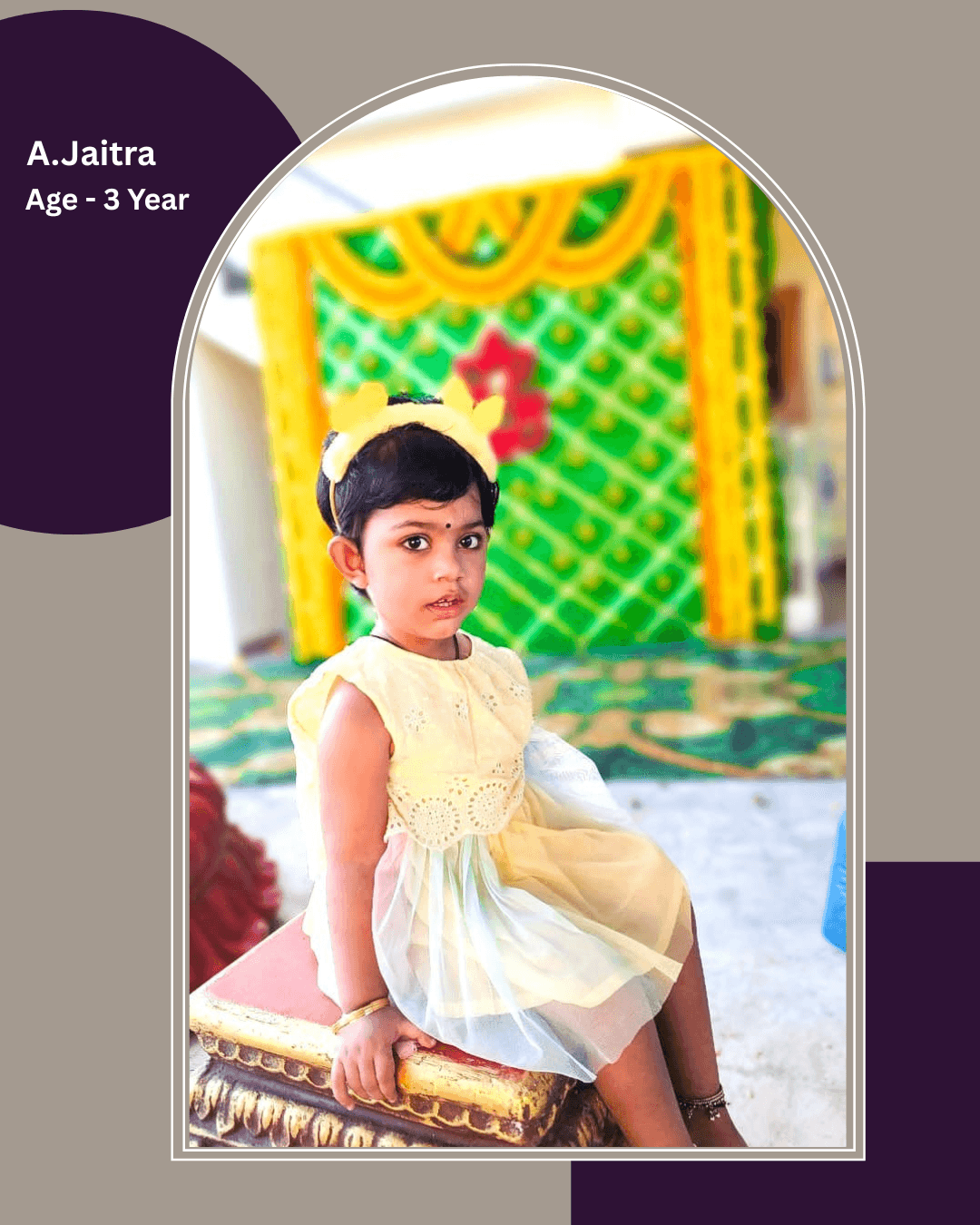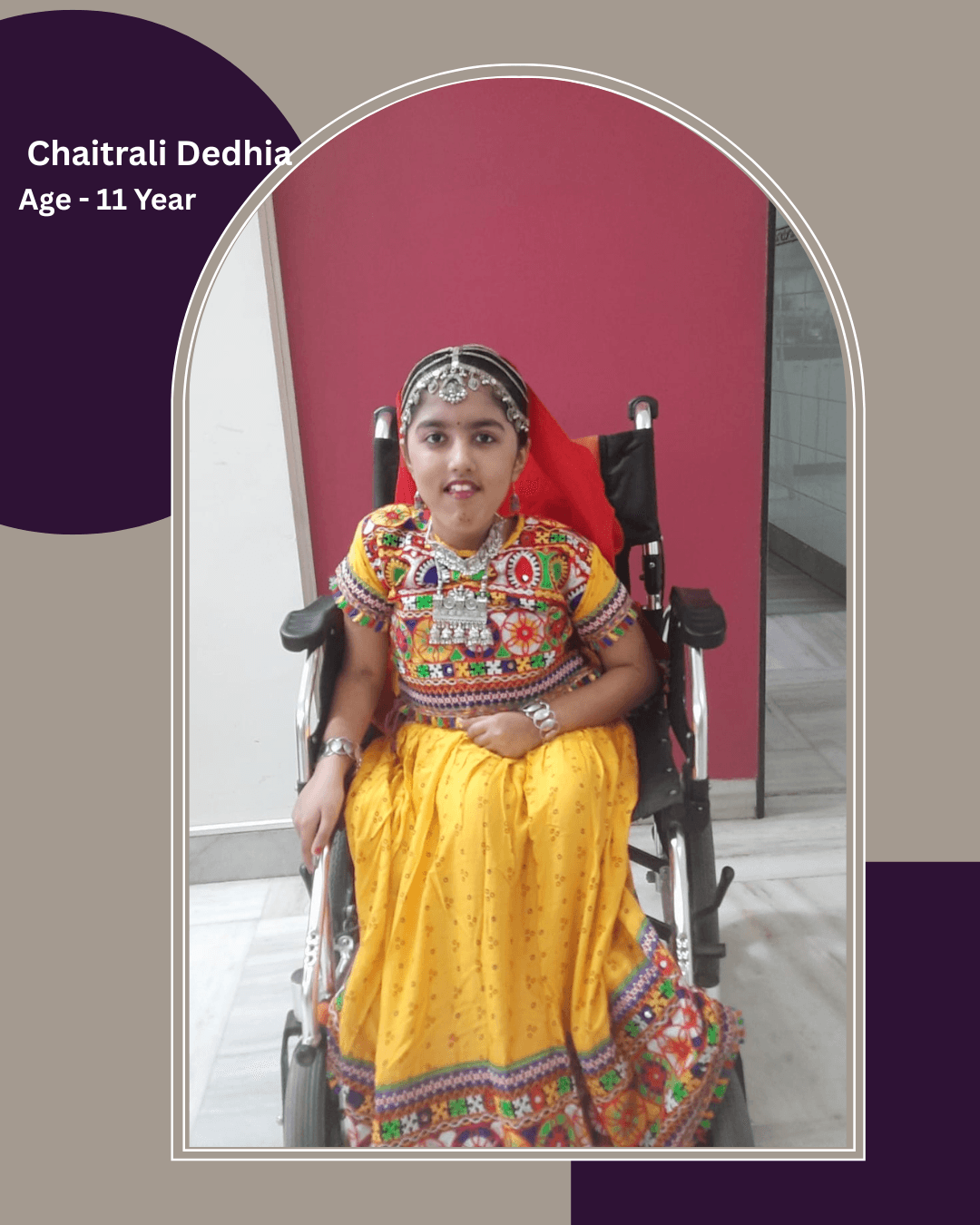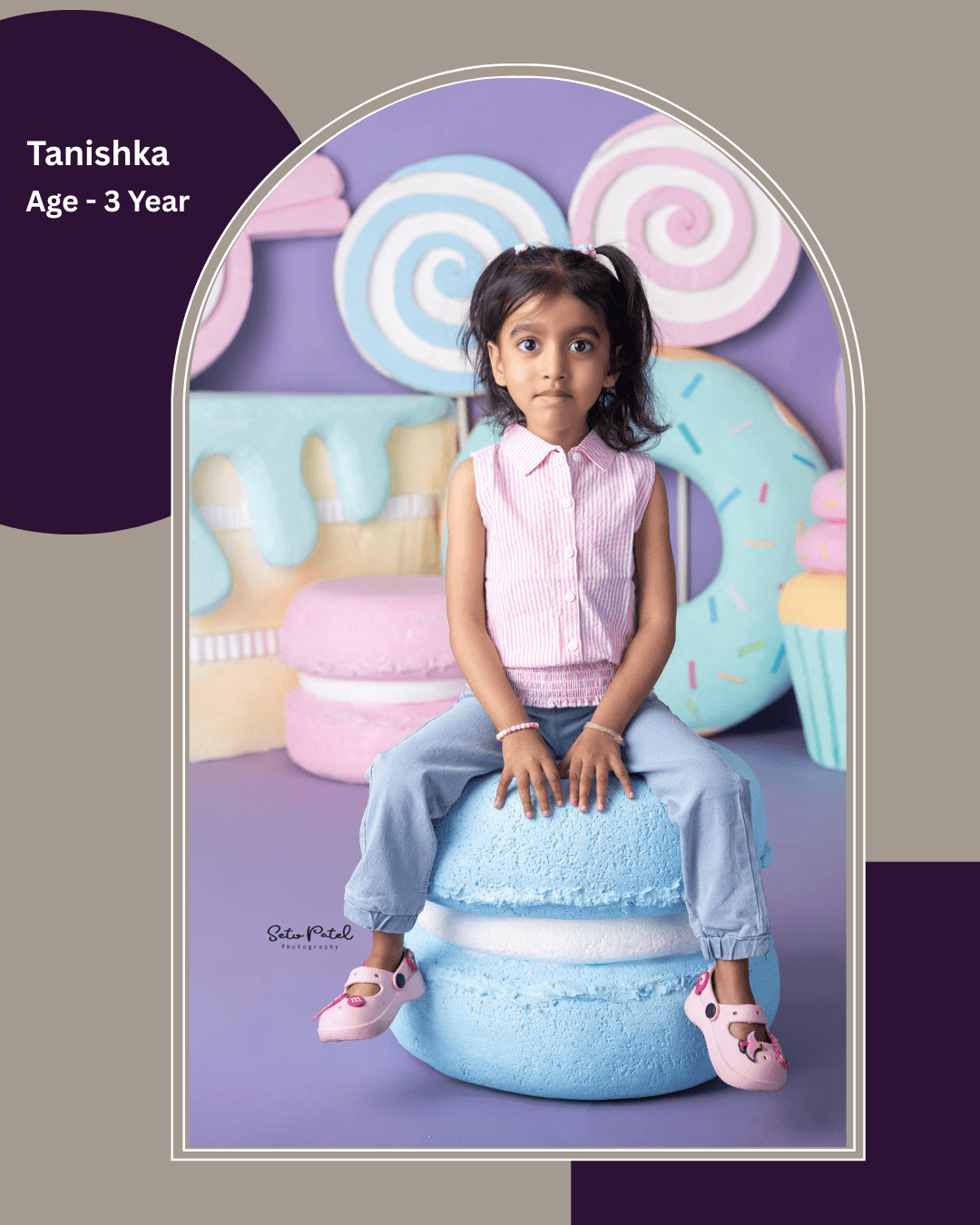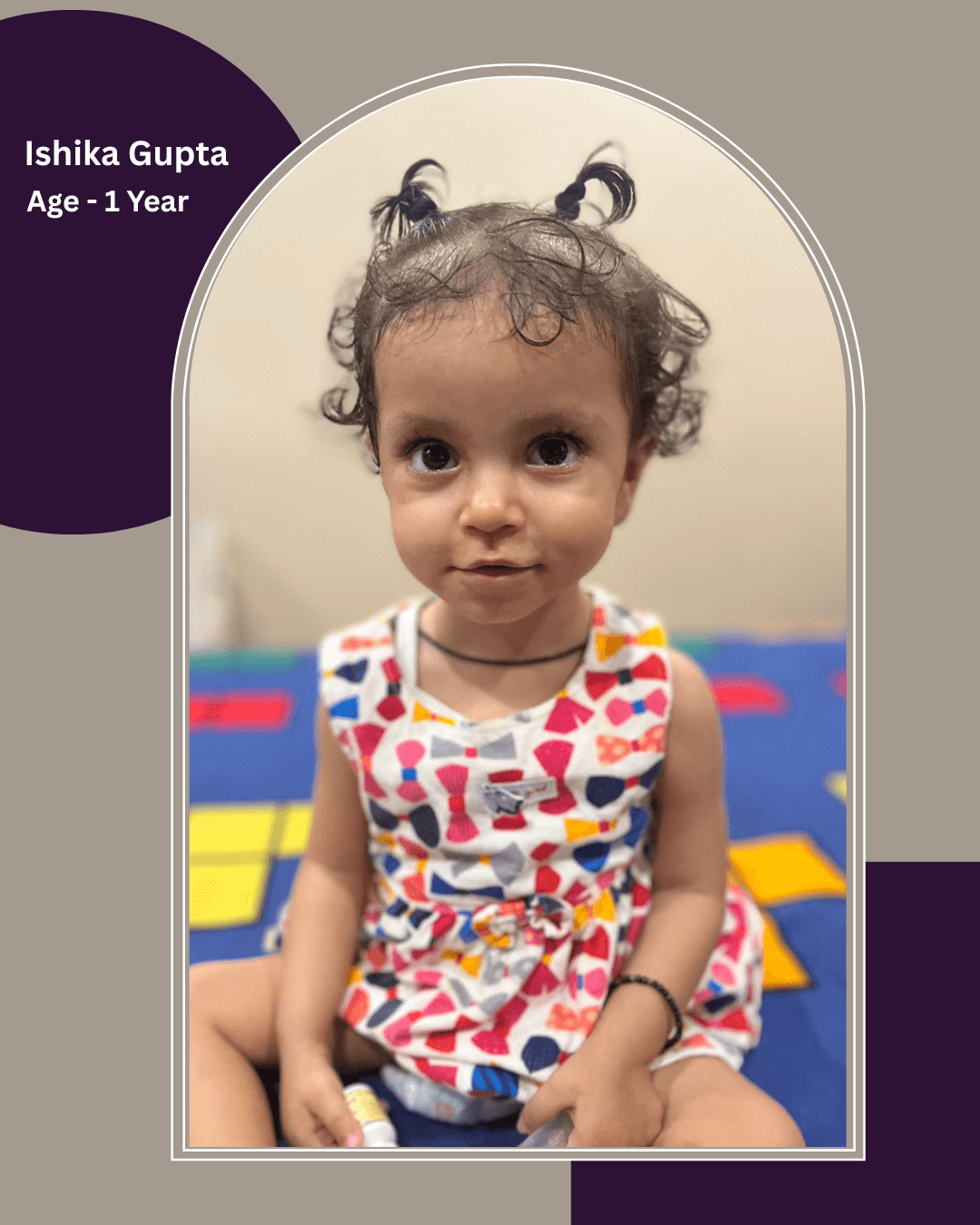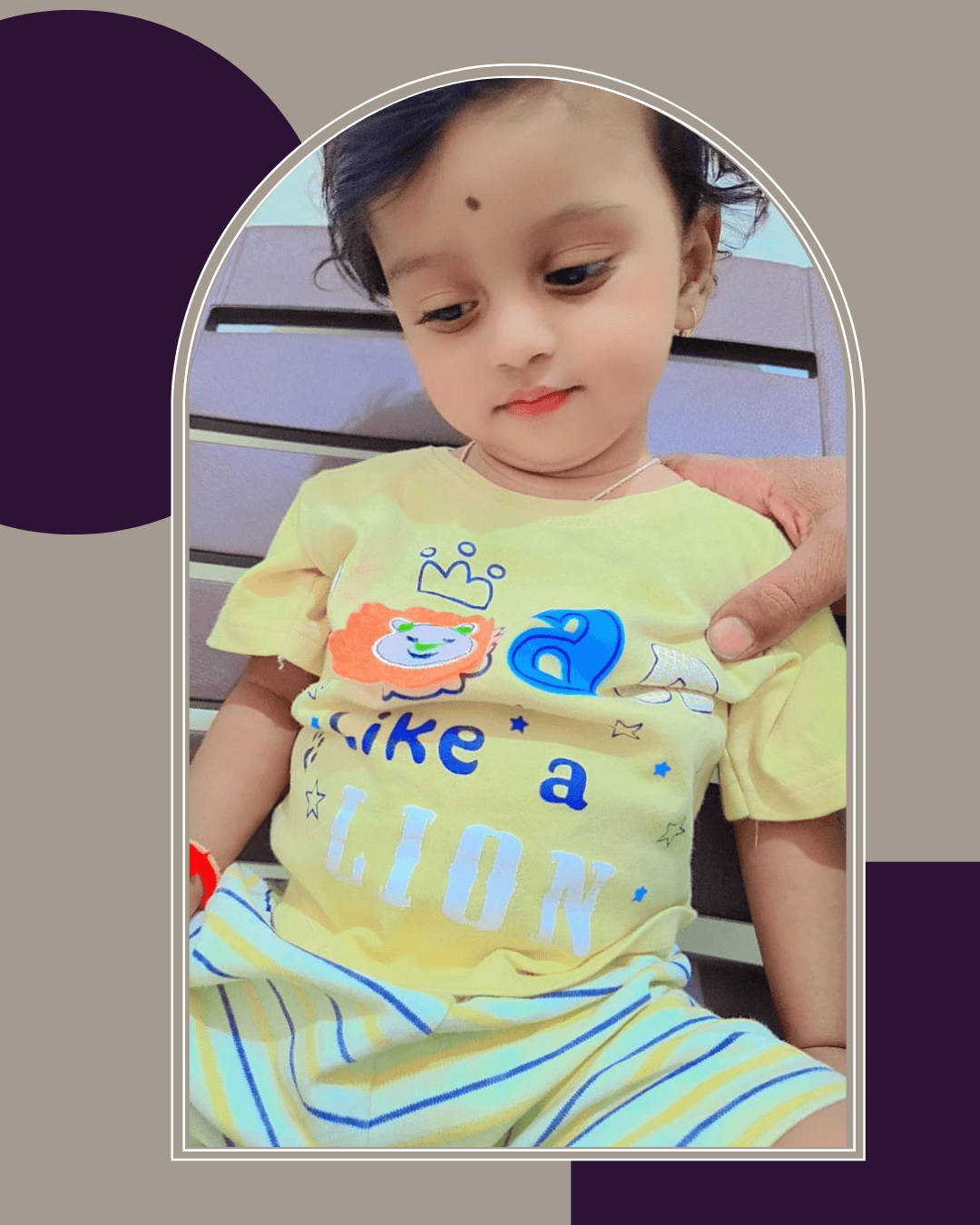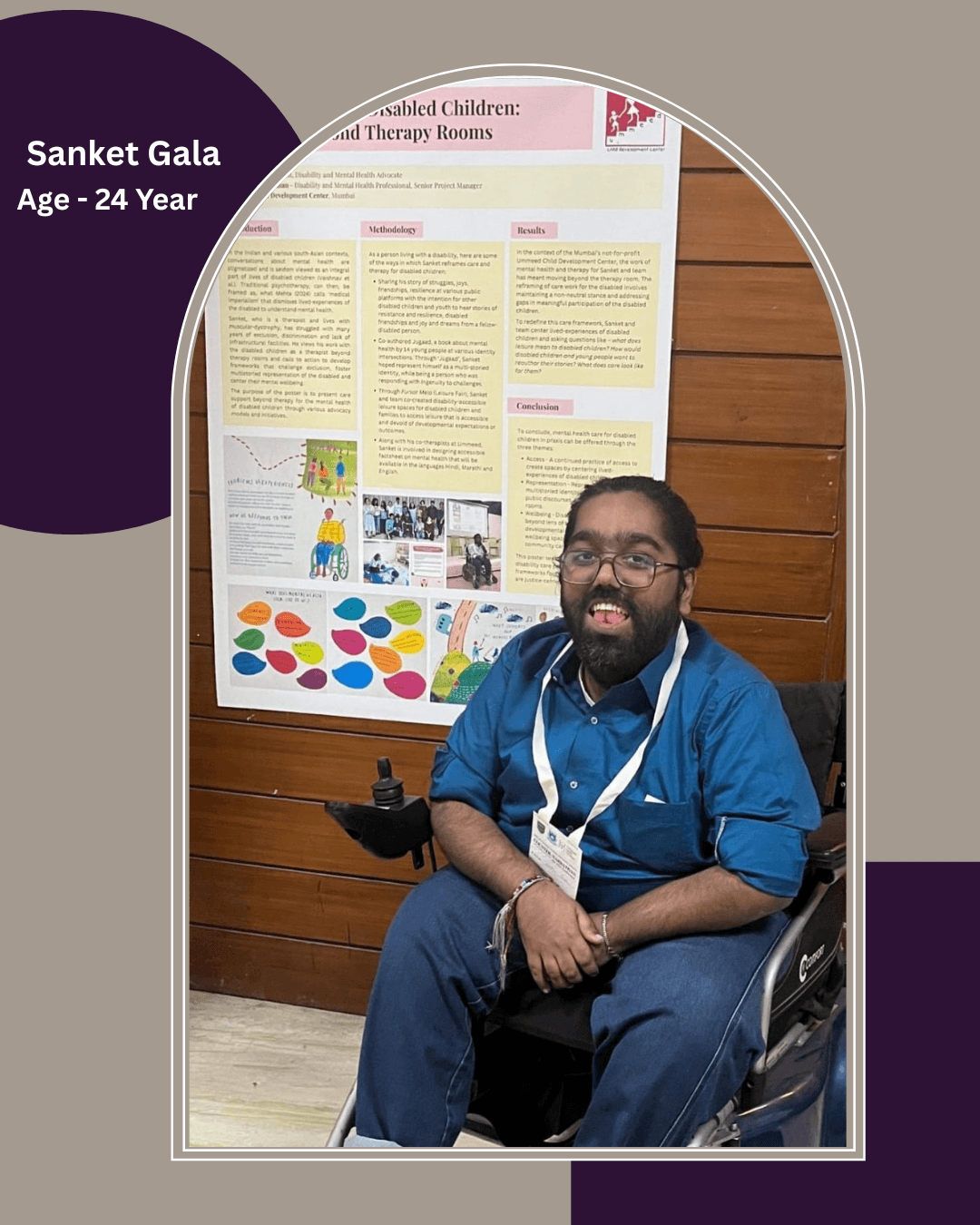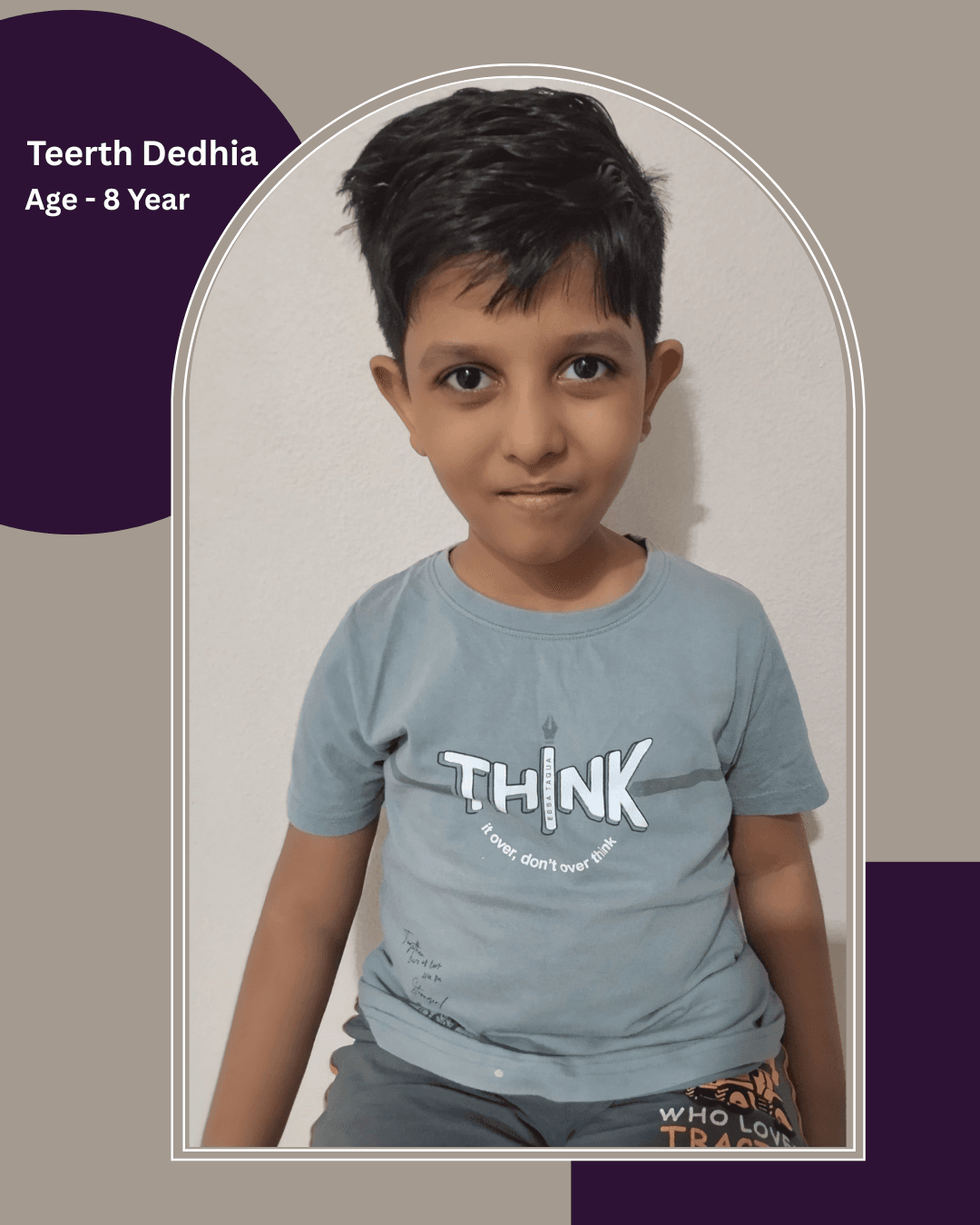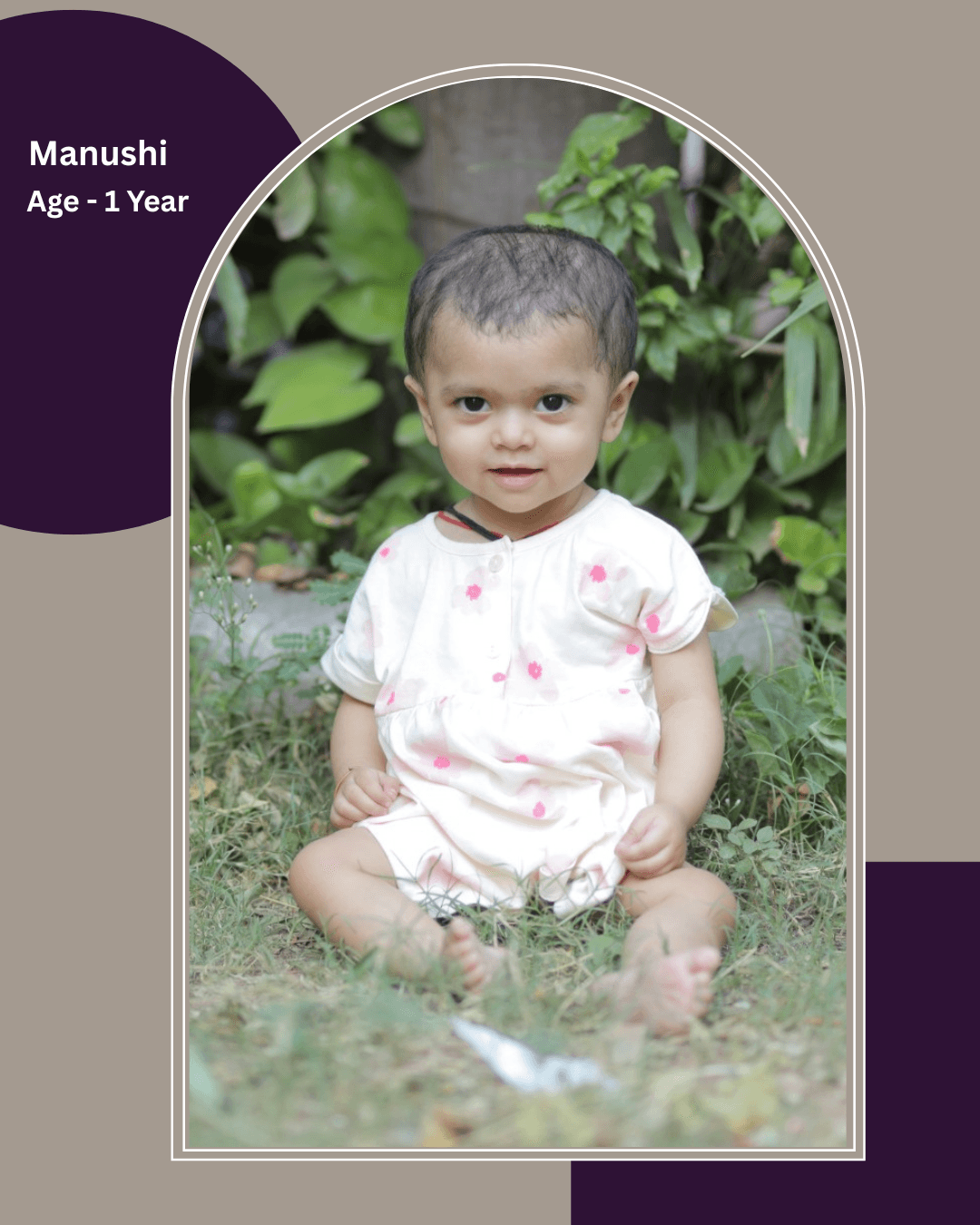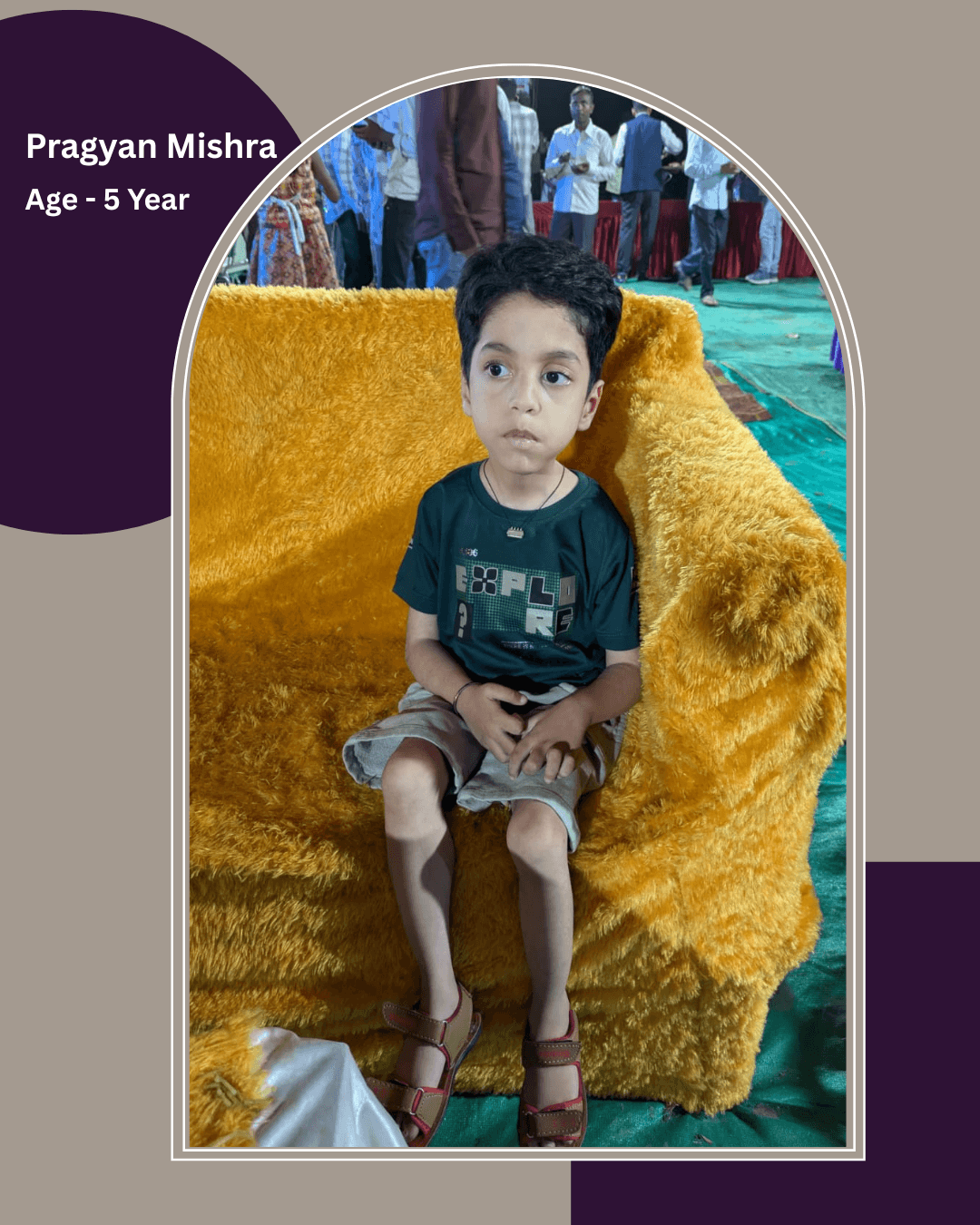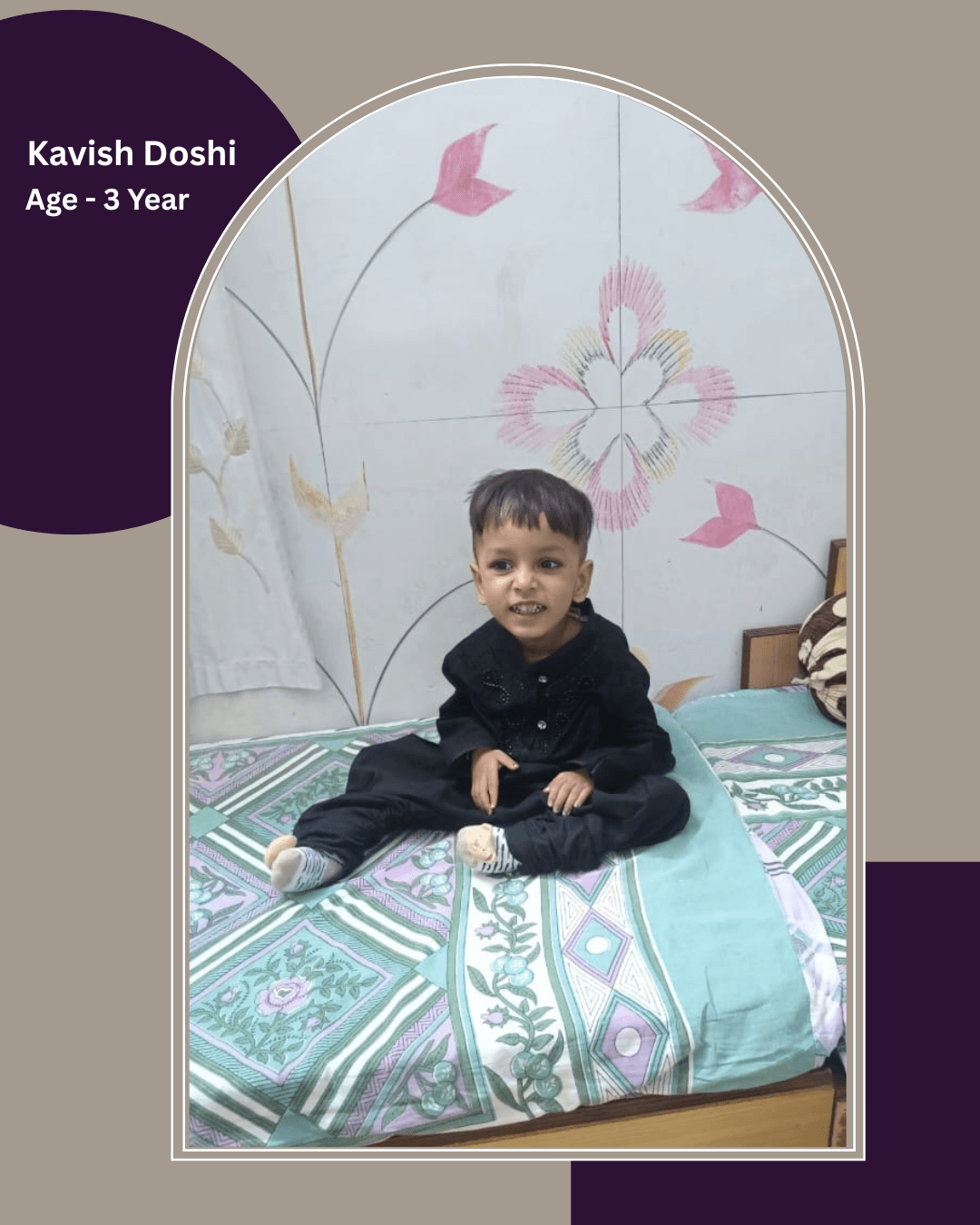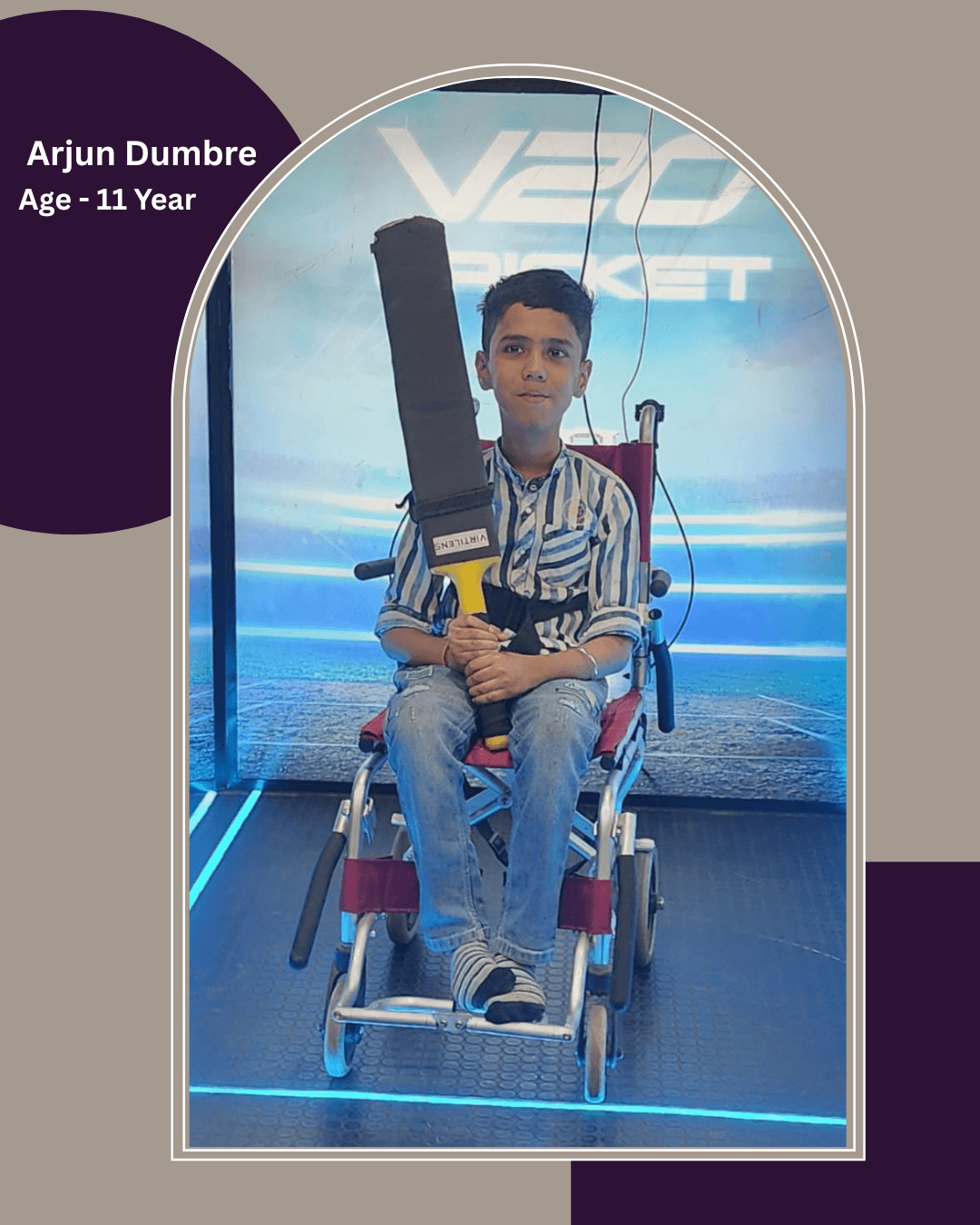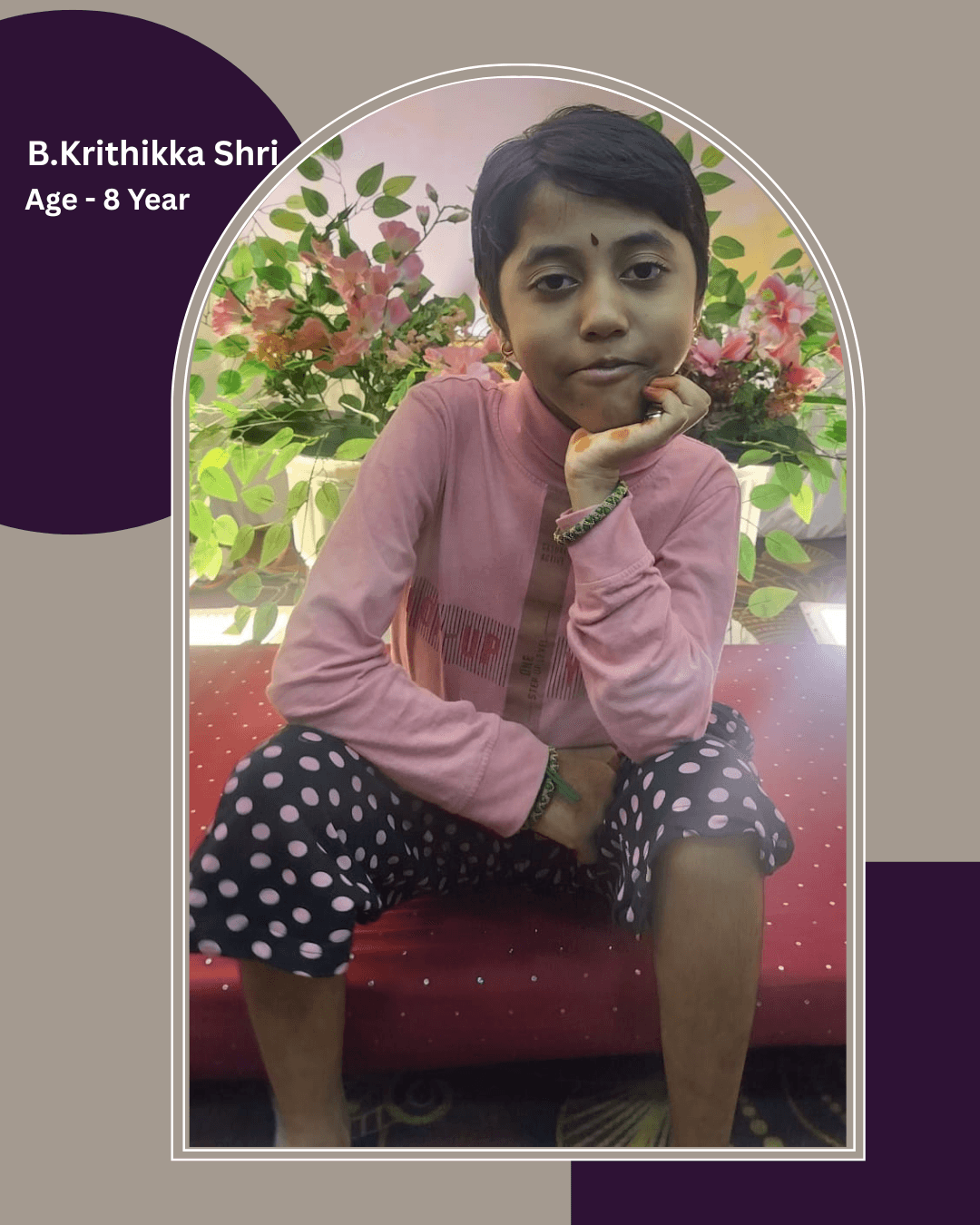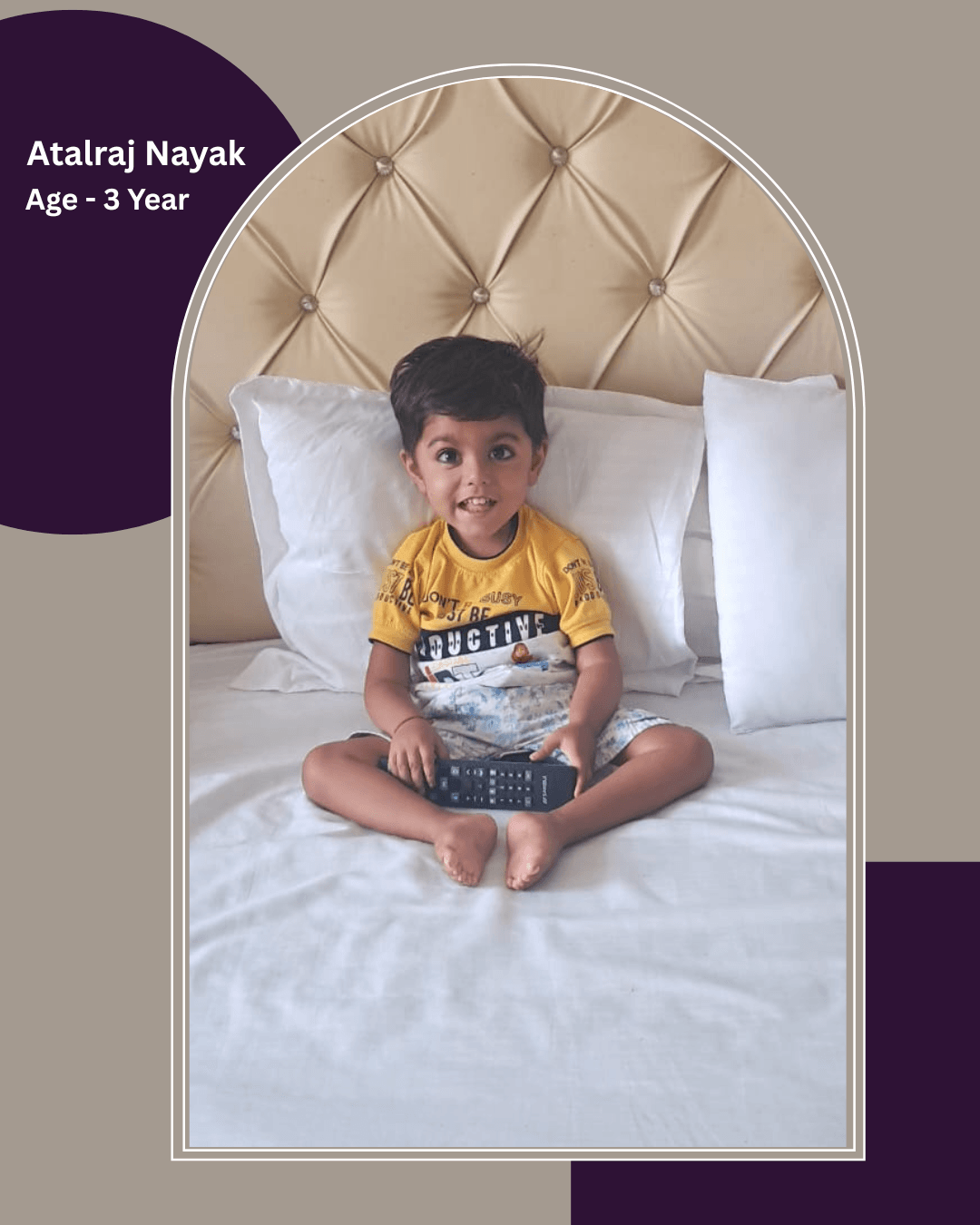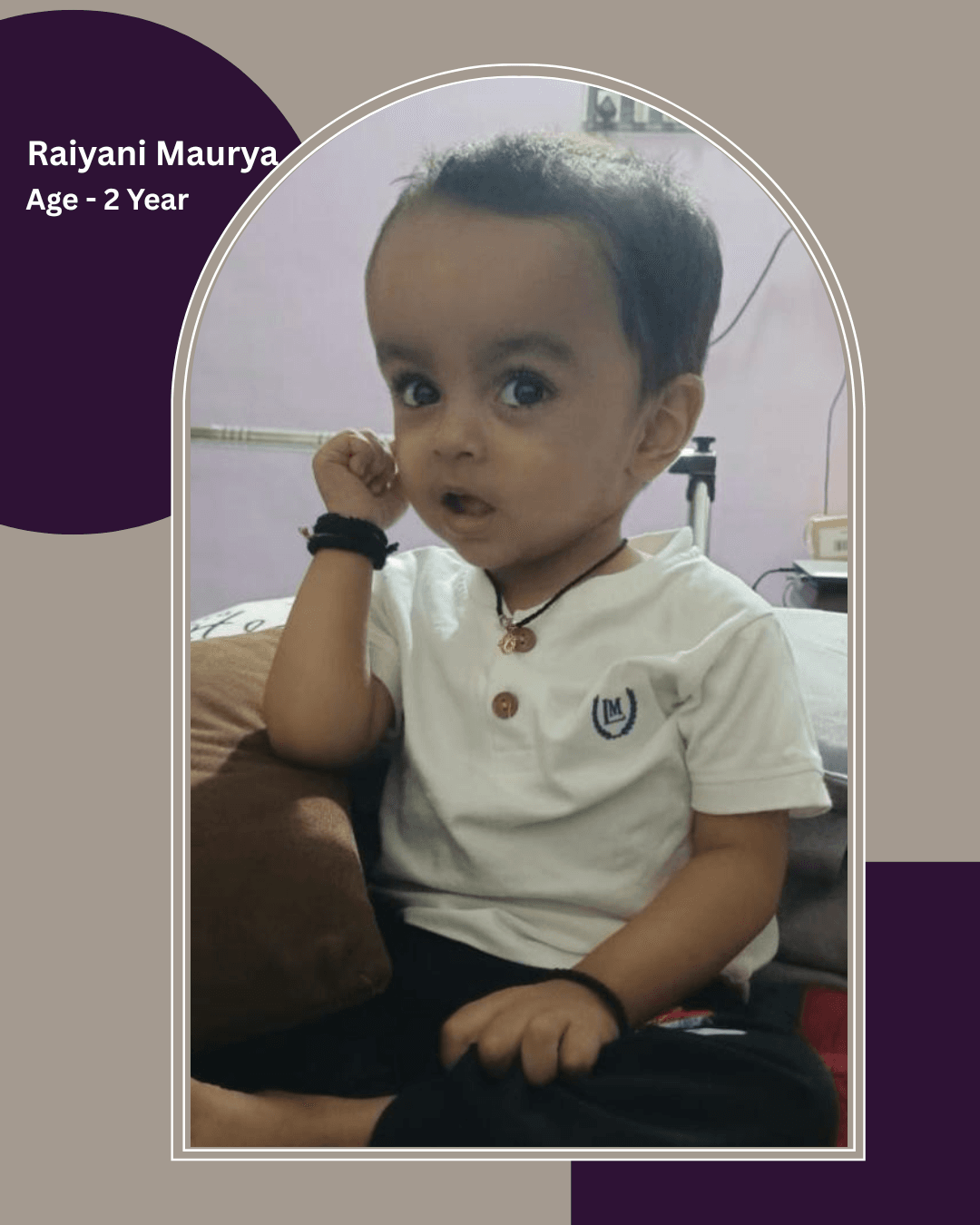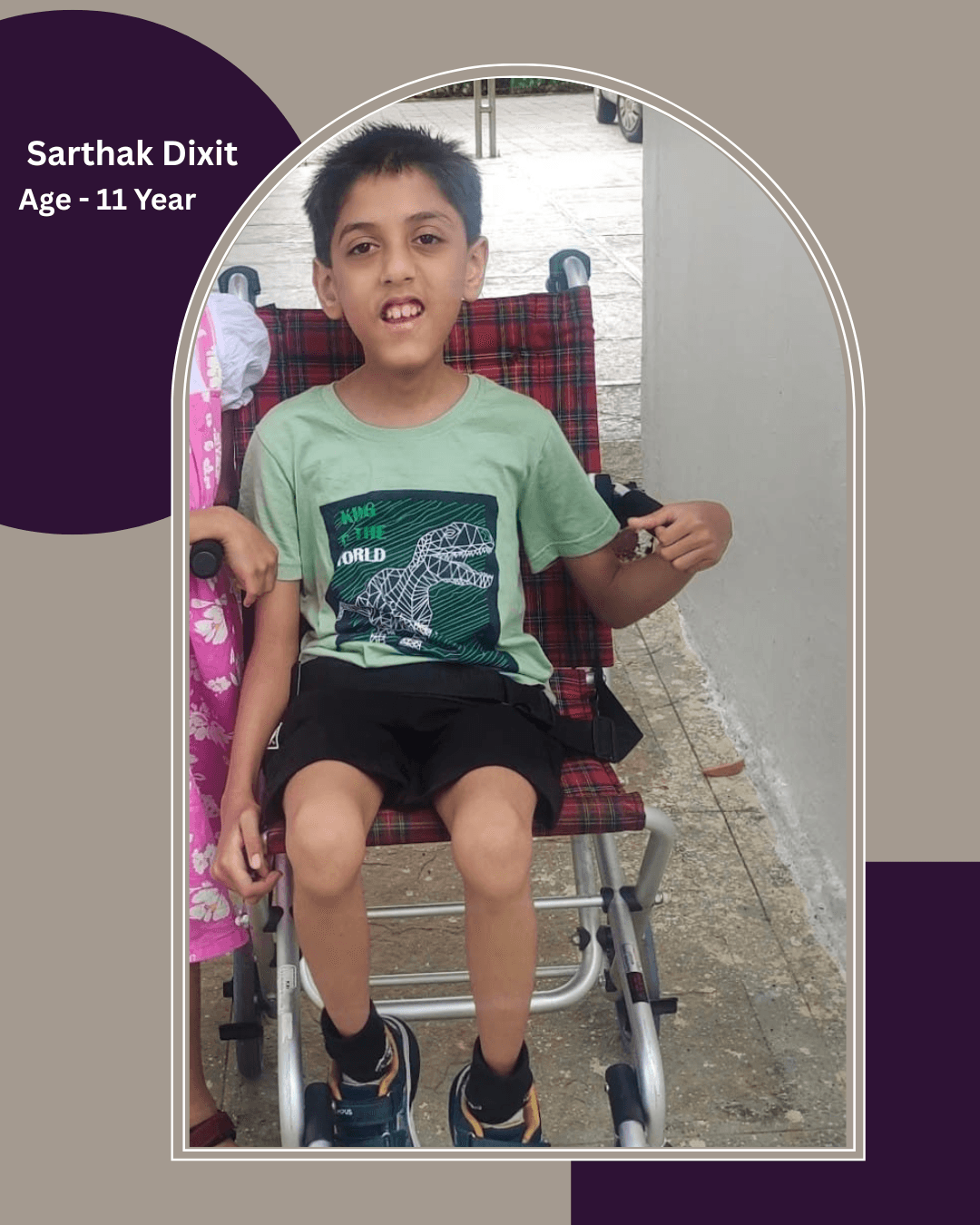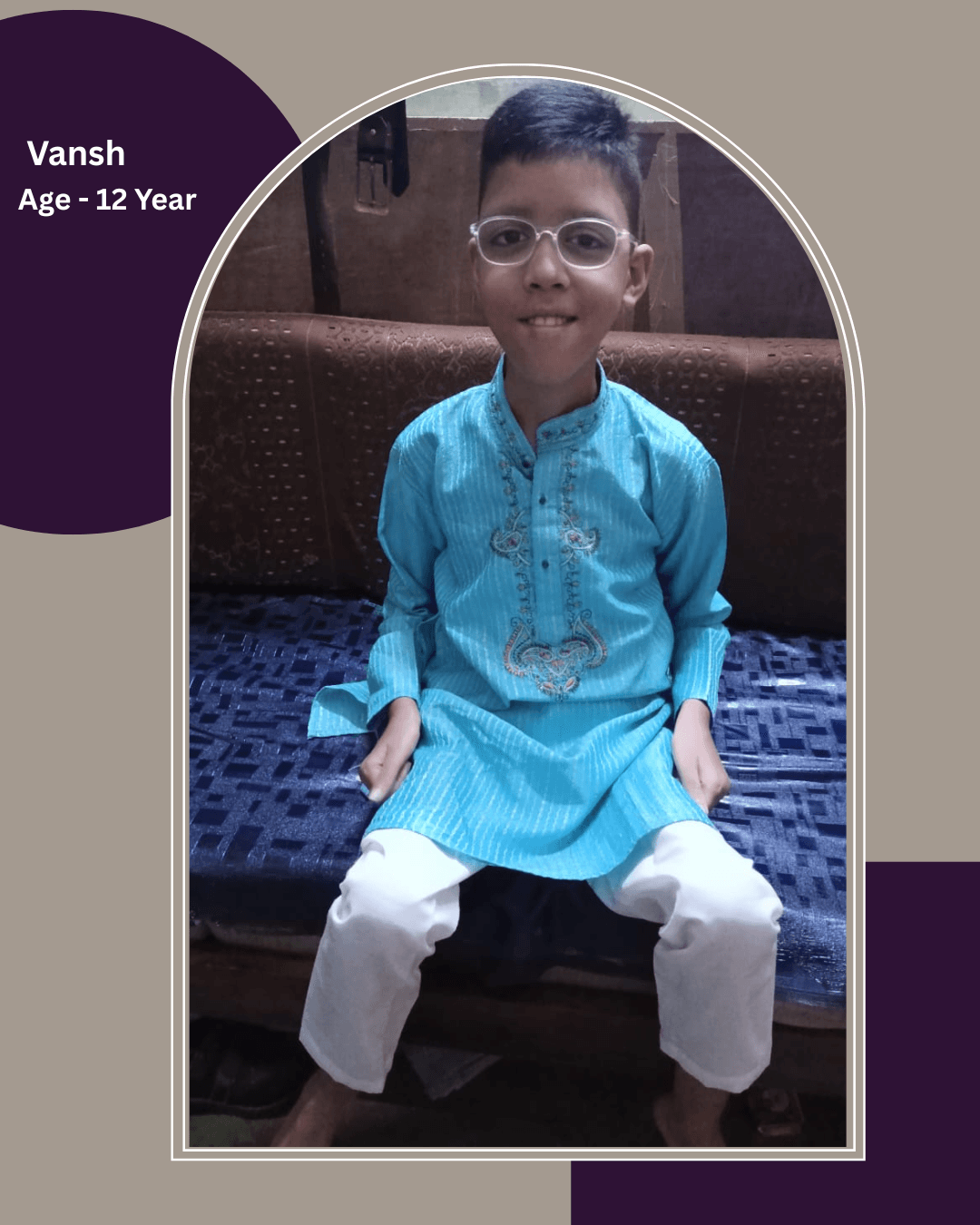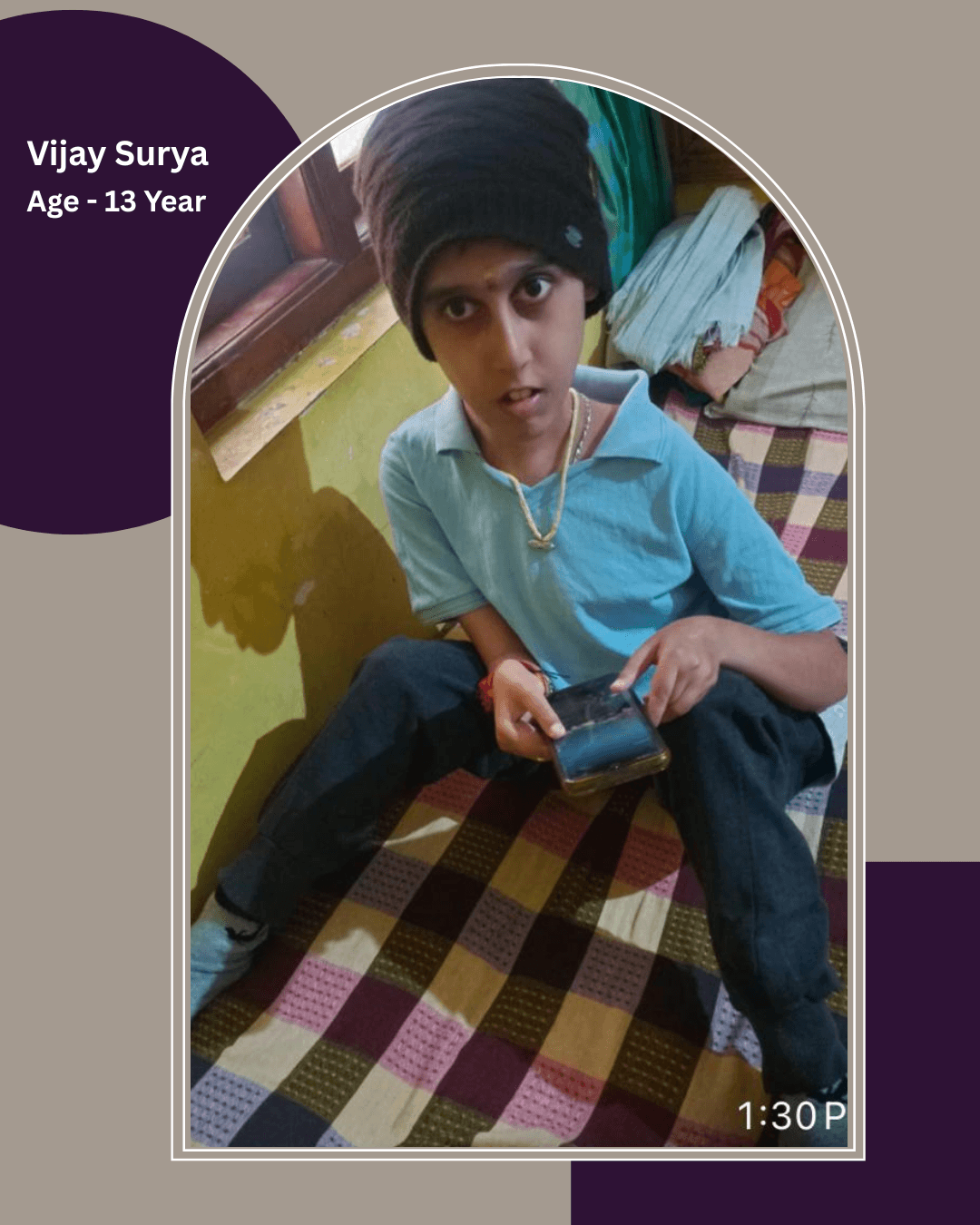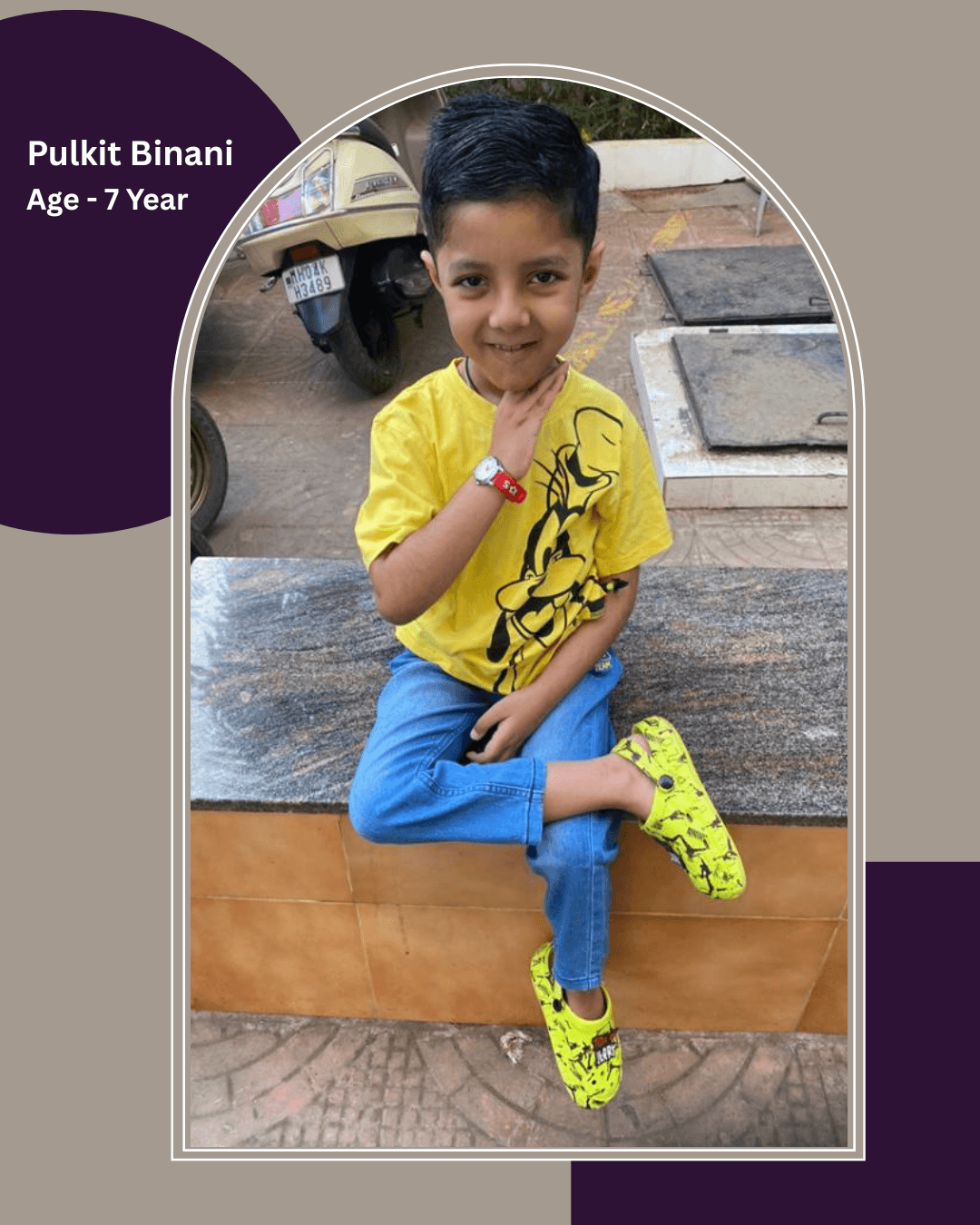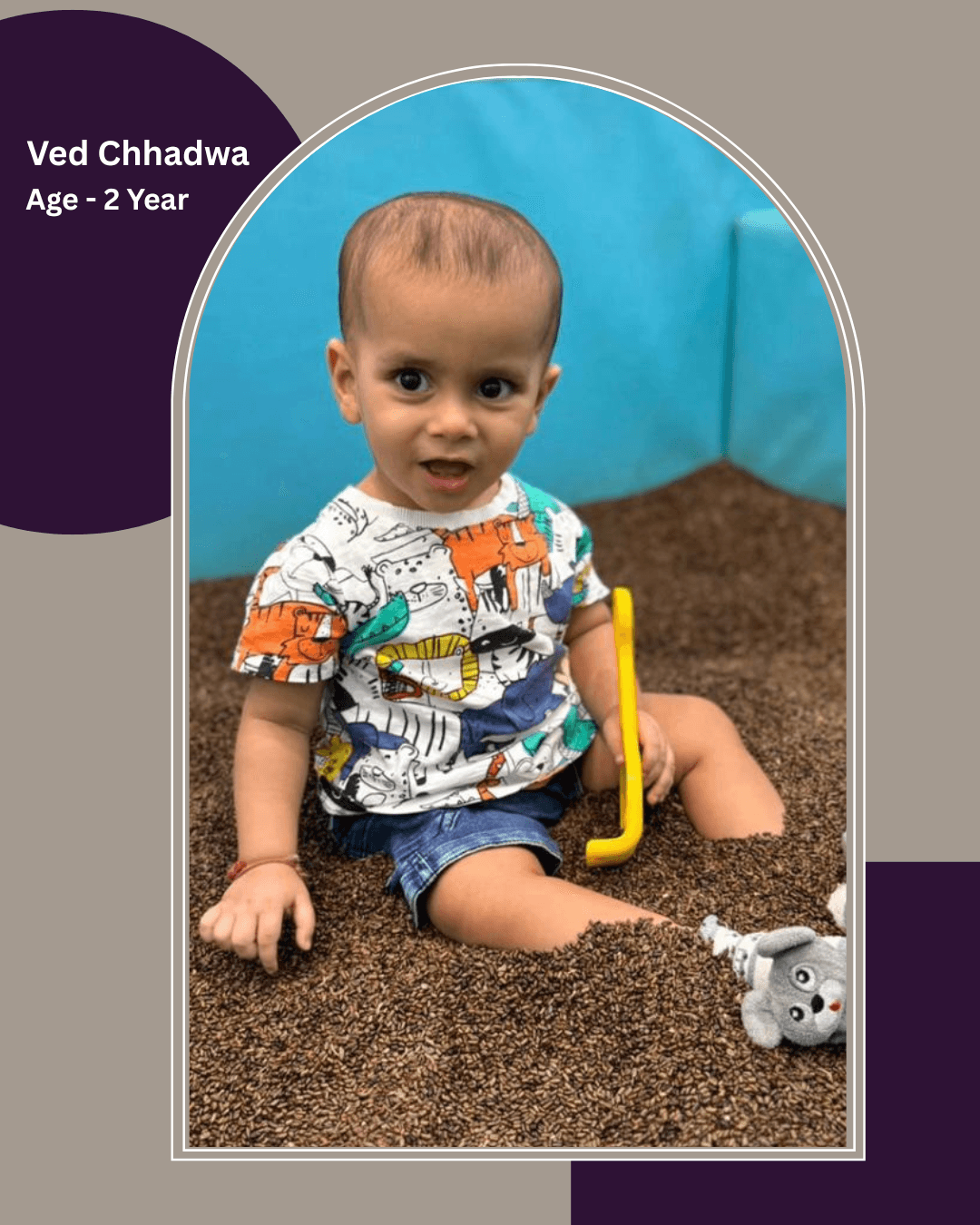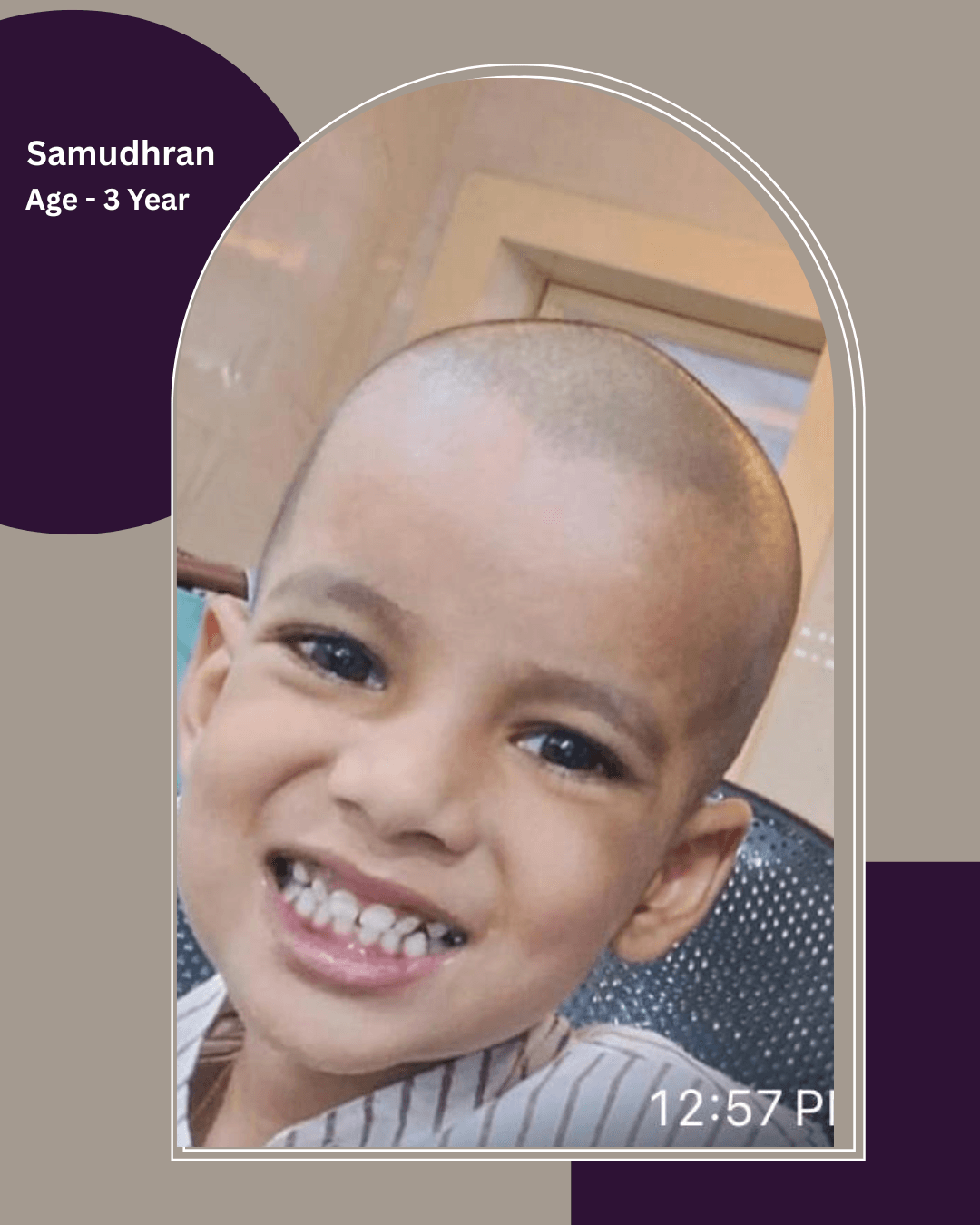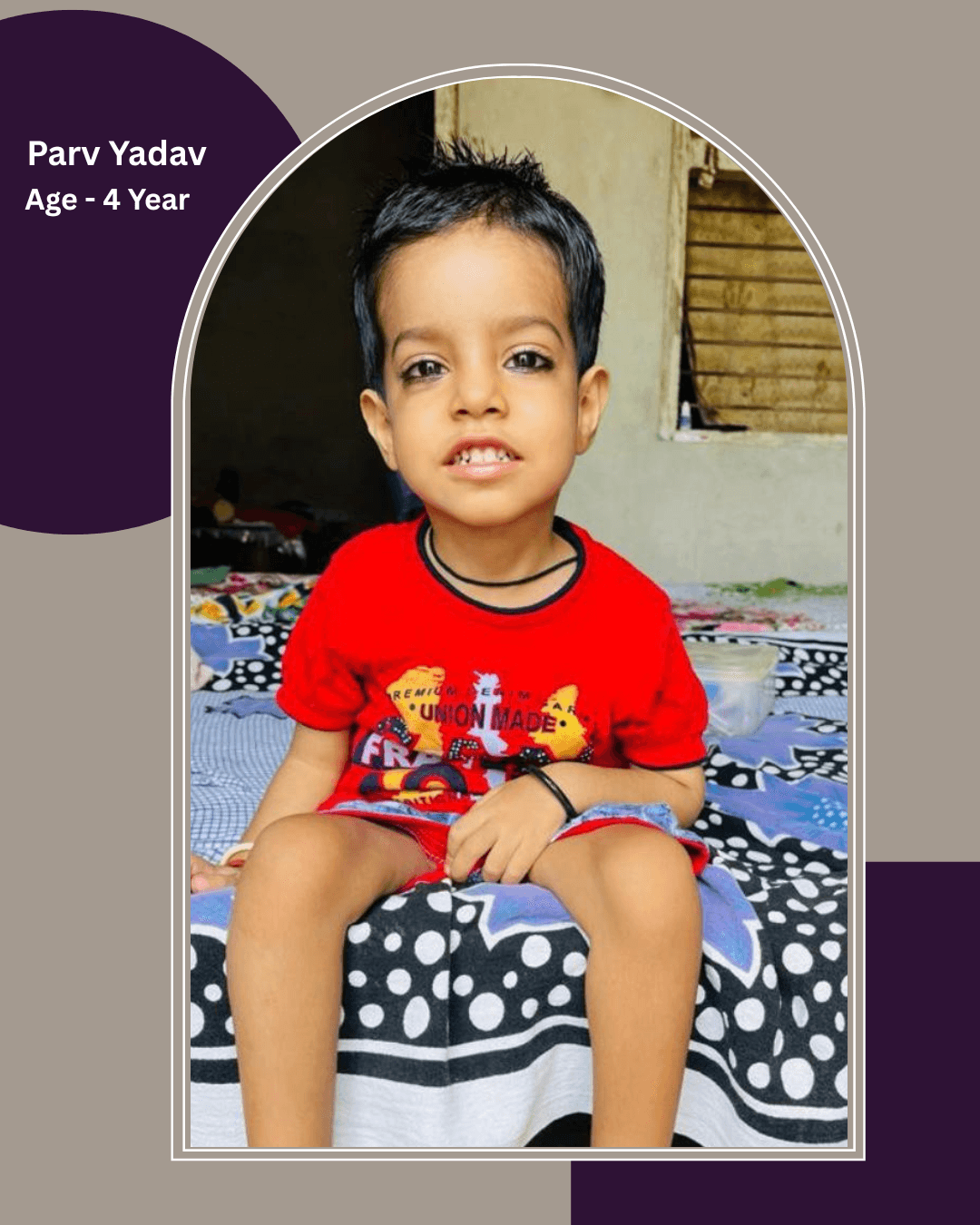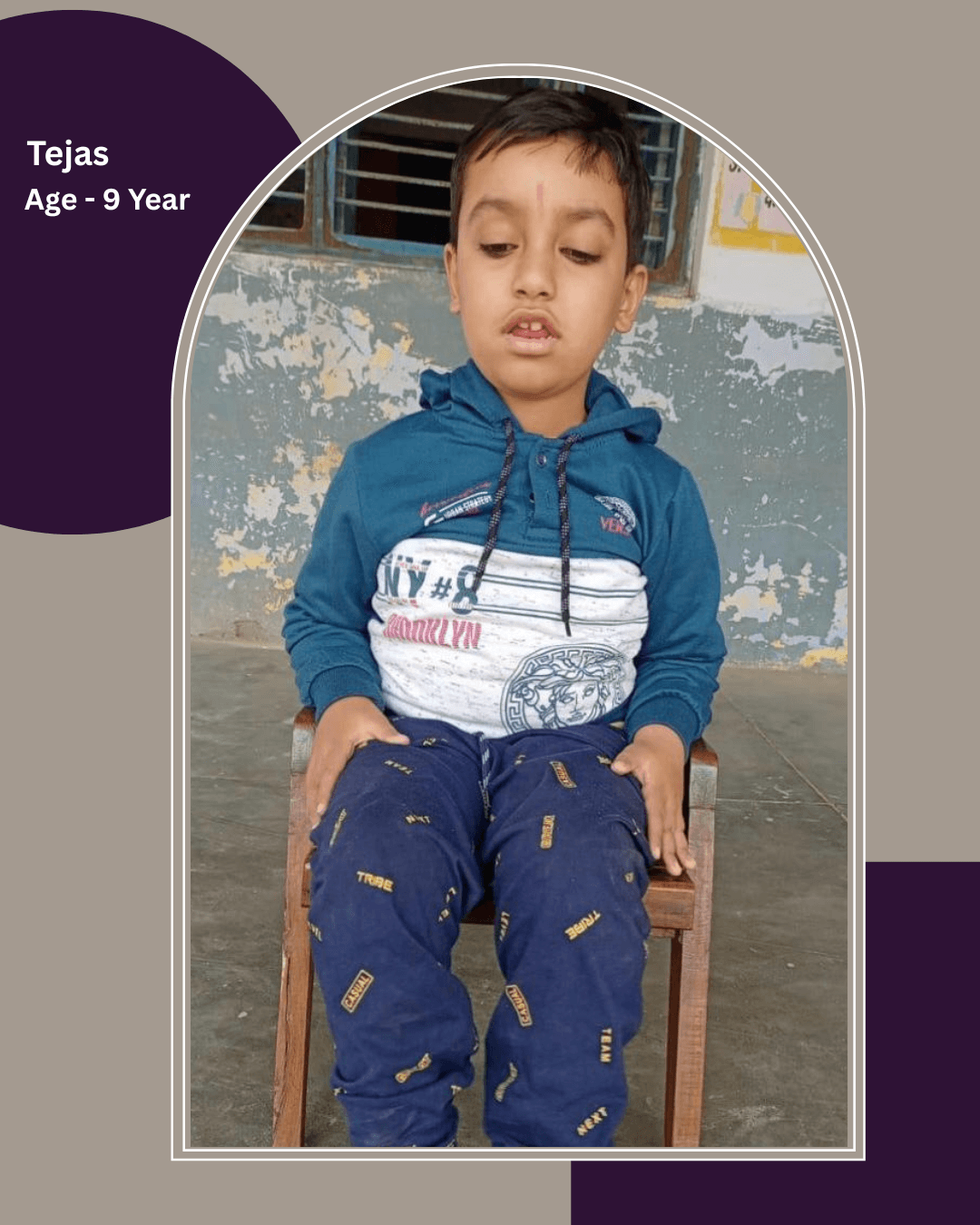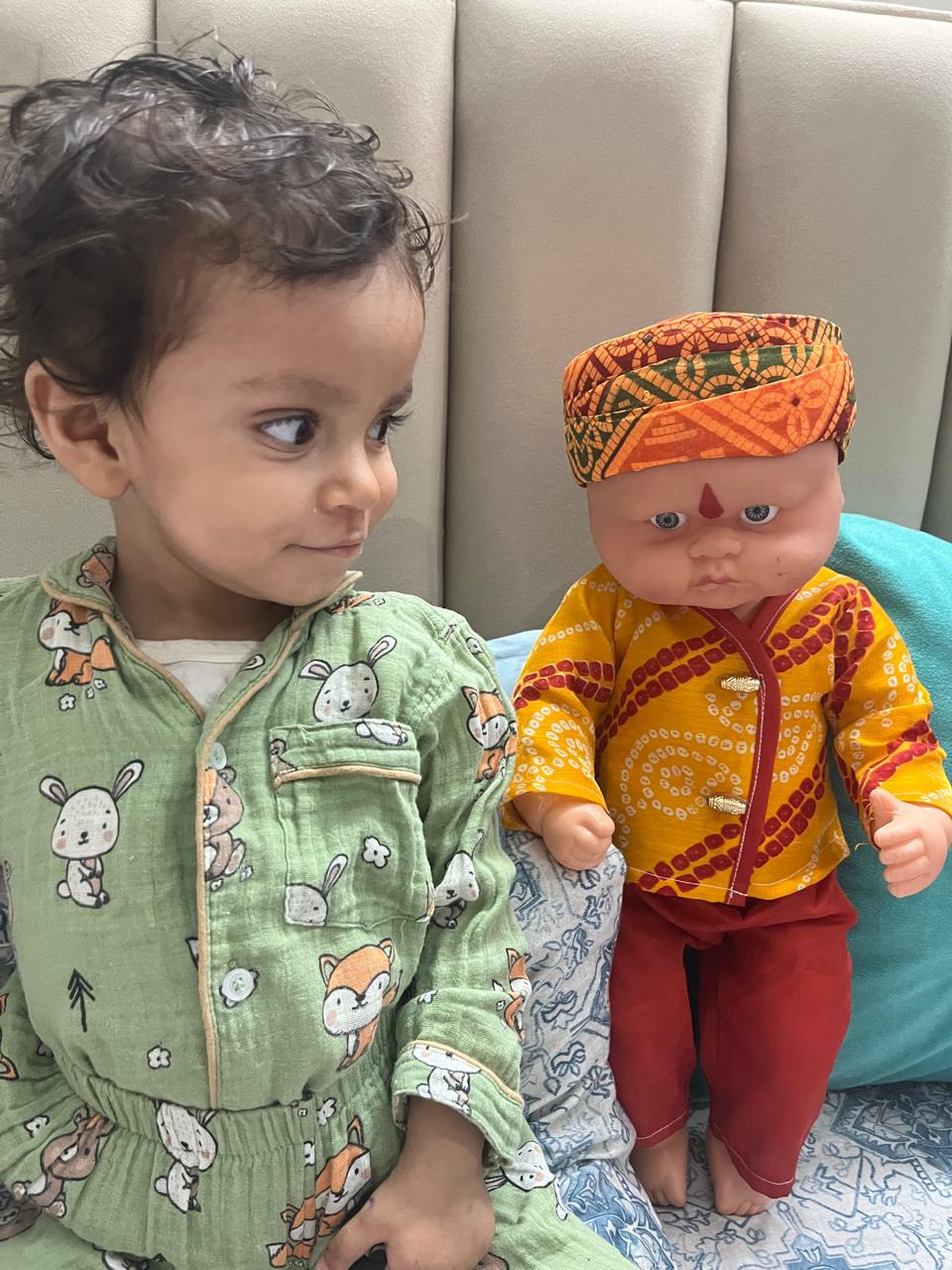What is LAMA2-CMD?
Laminin alpha-2 related congenital muscular dystrophy, known better as LAMA2-CMD, is a rare muscle disease present from birth.
- Caused by a mutation in the laminin alpha-2 gene (LAMA2), referred to as Merosin-Deficient Congenital Muscular Dystrophy type 1A (MDC1A), due to the lack of the protein Merosin (Laminin-211).
- This protein ensures the stability of muscle cells, and its deficiency leads to muscle weakness and lack of muscle tone.
- Estimated to affect 8.3 per million worldwide and in east asia it's just 1.79 per million
- One of the most common congenital muscular dystrophies, accounting for 38% to 48% of cases.
- The gene mutation is recessive, meaning a person can carry the gene mutation without showing symptoms.
- Inherited in an autosomal recessive pattern, where both parents must have a mutated version of the gene for a child to be affected.
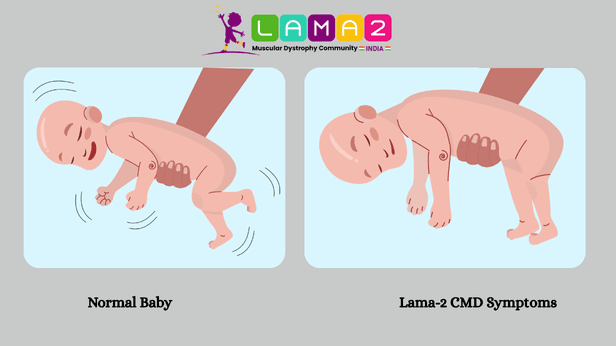
Lama2 Warriors
Symptoms of Lama2 CMD
The spectrum ranges from severe phenotypes presenting with Hypotonia, muscle weakness, and contractures at birth or early infancy (complete deficiency) to milder, late-onset limb girdle muscular dystrophy (LGMD)-like phenotypes (partial deficiency).
Motor Milestones: Affected children often reach motor milestones later, with more than 90% not achieving independent walking.
Muscle Contractures: Development of contractures restricting limb and joint movement.
Chest Deformities and Scoliosis: Many children develop these deformities.
Respiratory Issues: Weakness of respiratory muscles can lead to frequent chest infections and poor breathing at night.
Cardiac Involvement: Severe cardiac issues are rare, but rhythm abnormalities can occur.
Seizures: Around 30% experience seizures, typically manageable with antiepileptic medications.
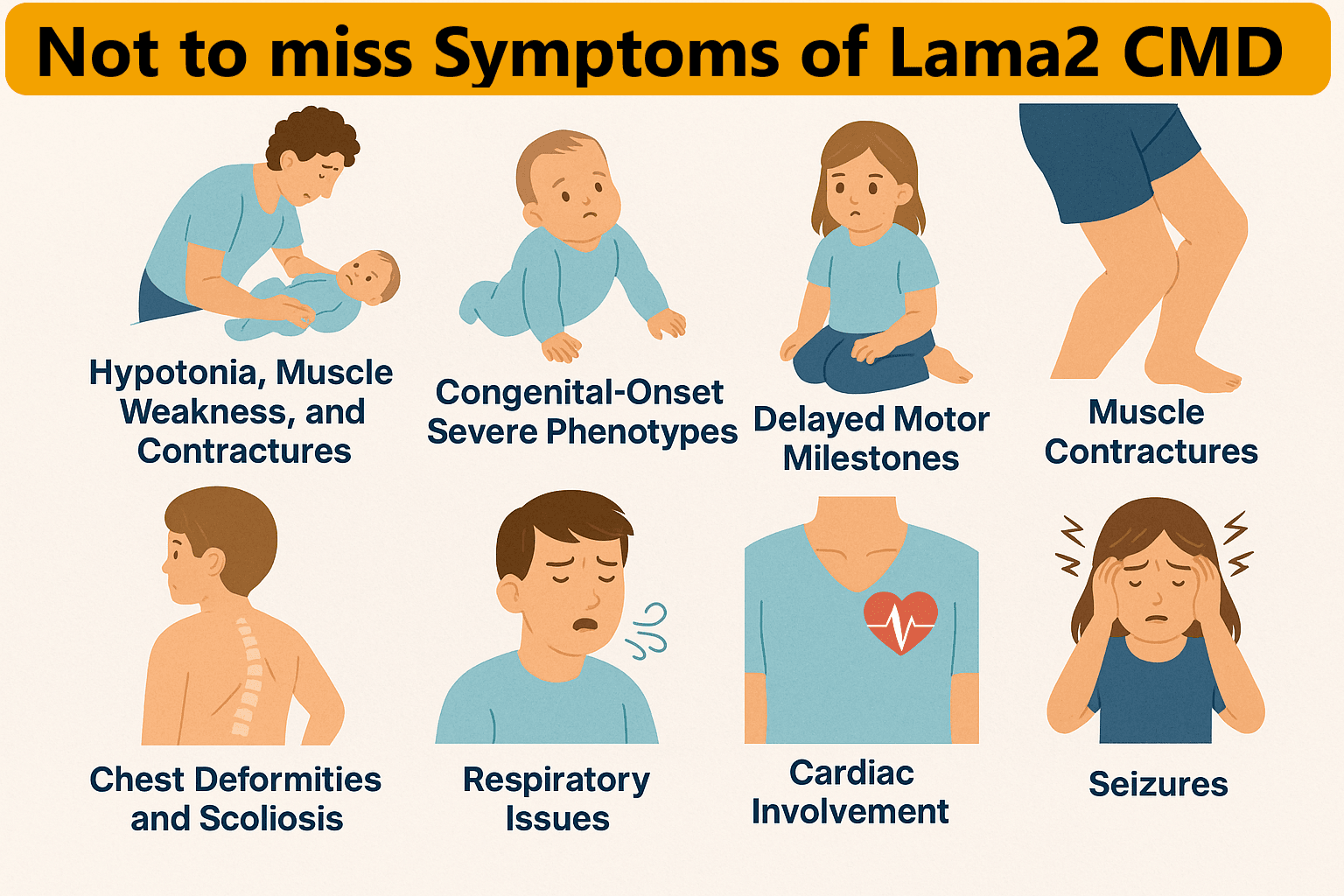
How is Lama2 Diagnosed
Clinical Symptoms (Early Signs) Doctors usually start with observation of symptoms in infancy or early childhood, such as muscle weakness, hypotonia (floppiness), Delayed motor milestones (e.g., sitting, crawling, walking), Poor head control, Joint contractures (especially ankles), Feeding difficulties and failure to thrive and Respiratory issues.
Brain Imaging (MRI): Shows white matter abnormalities (leukoencephalopathy) typical of LAMA2-CMD. Cognitive function usually remains unaffected.
Creatine Kinase (CK) Levels Blood test for CK levels: CK (creatine kinase) is usually elevated (often 5–20 times normal) due to muscle breakdown.
Muscle Biopsy (Less Common): Analyzes laminin-α2 in muscle via immunohistochemistry or Western blot. Deficiency supports diagnosis. Now largely replaced by genetic testing due to its invasive nature.
Genetic Testing (Gold Standard): NGS or whole-exome sequencing identifies mutations in the LAMA2 gene (chromosome 6q22–23), confirming diagnosis and enabling carrier detection, prenatal testing, and genetic counseling.
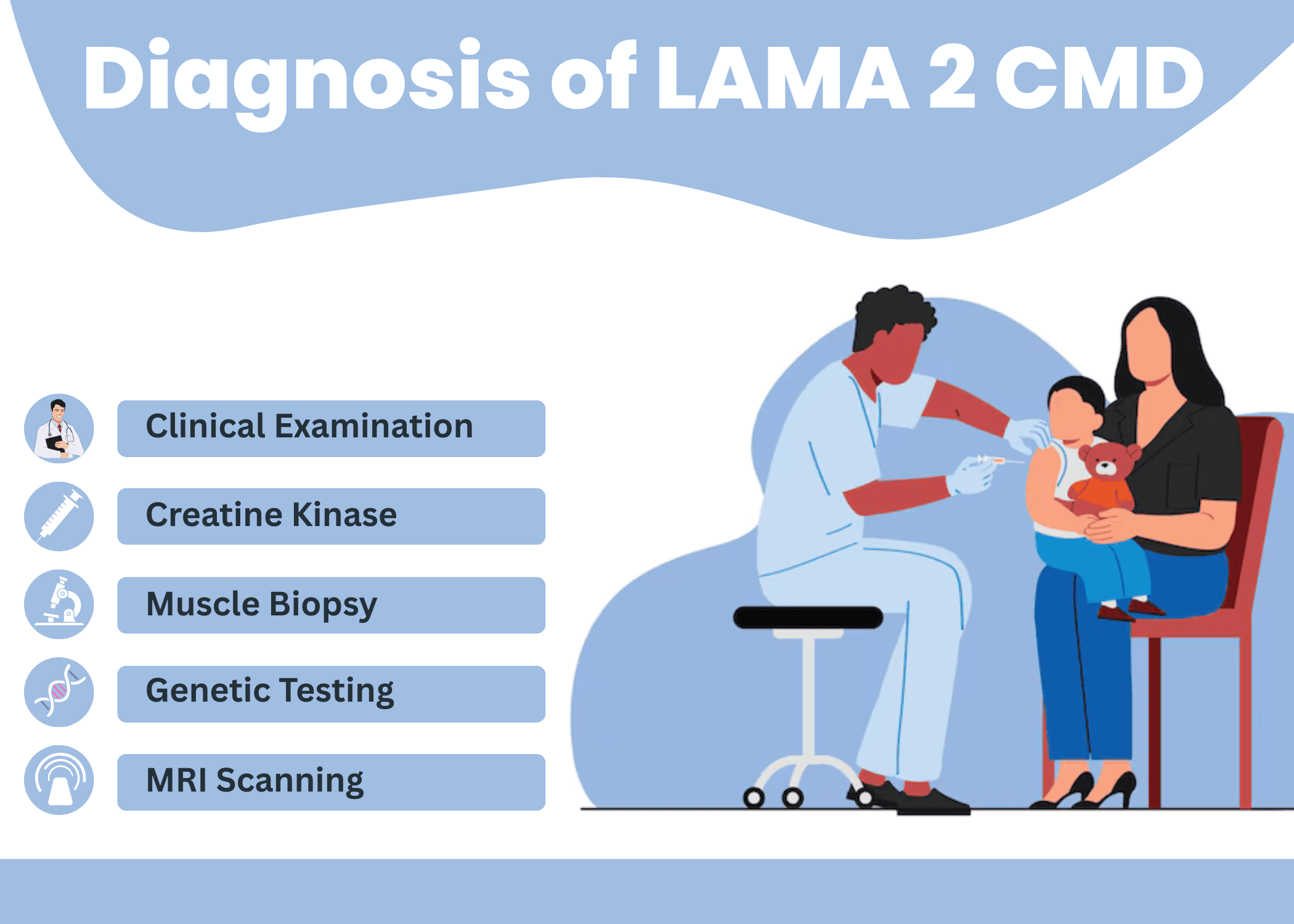
Gallery
Know From the Doctors - Guiding Light on the LAMA2 Journey
Navigating a rare condition like LAMA2-CMD can feel overwhelming especially in the beginning. In this special message, doctors who have walked alongside families like ours share their insights, experience, and hope. This video is more than just medical advice. It’s a compassionate voice of reassurance from the experts who understand what this journey truly means. They speak not only with clinical knowledge but with the empathy and care that every family deserves. Whether you’re a newly diagnosed family, a caregiver seeking clarity, or someone searching for support, we invite you to listen, learn, and know that you are not alone. Together with our medical community, we’re building hope, awareness, and a future for every child living with LAMA2-CMD.
Lama2 CMD Patient Details
Get In Touch
Do you have a question for one of the experts or researchers with whom we are in contact? About an investigation, a treatment method or other information that you are looking for? Submit your question and we will get you a personal answer as soon as possible. We will also publish the answer on this website.
